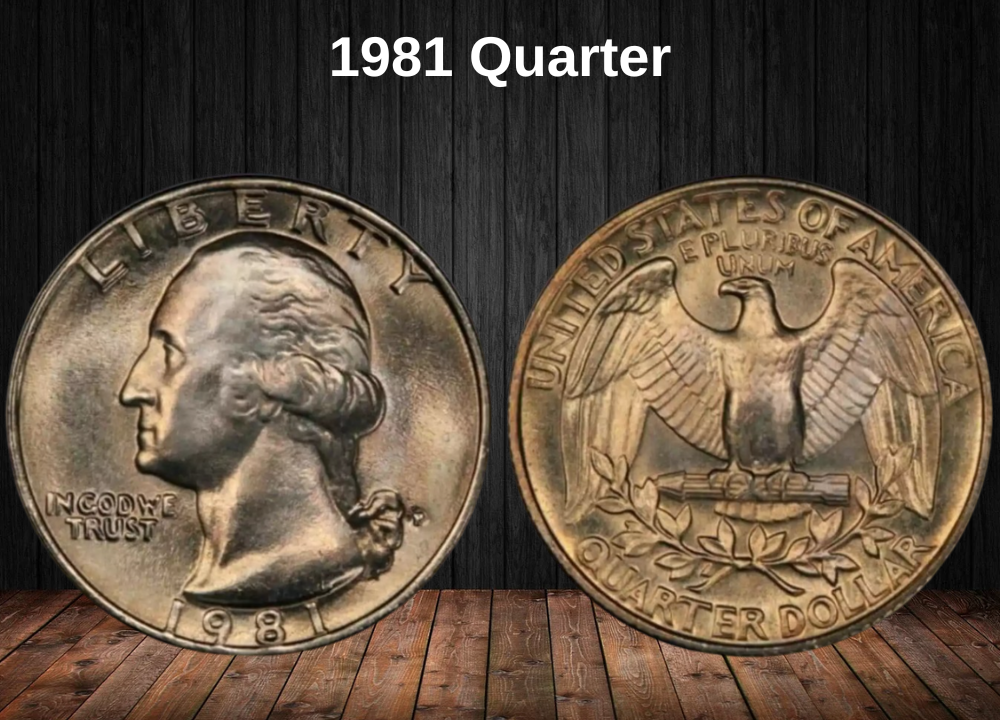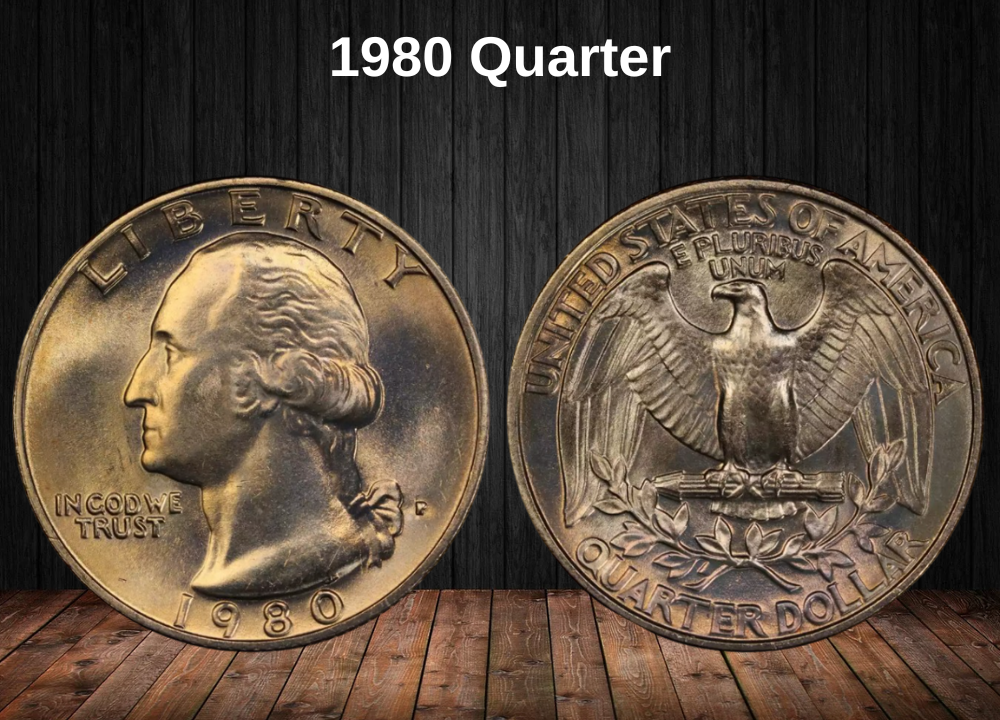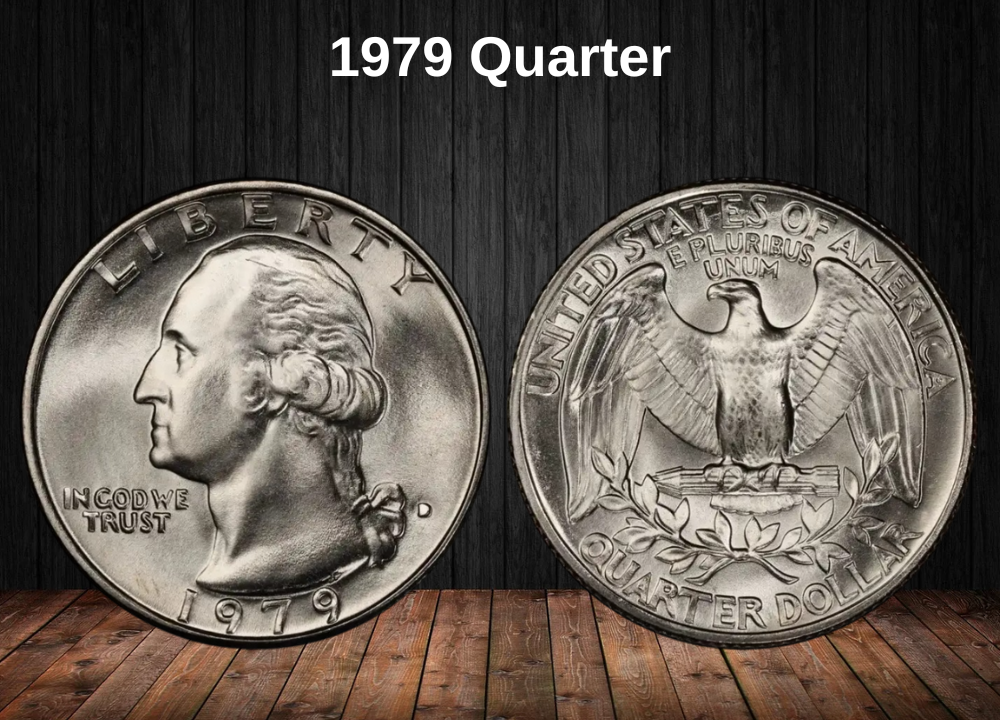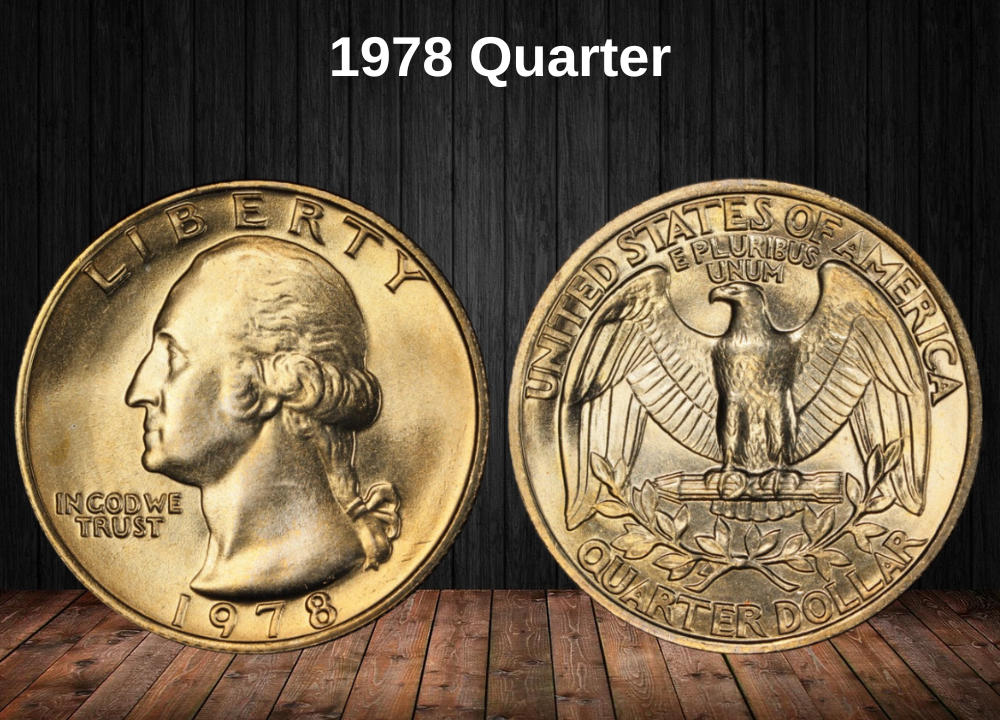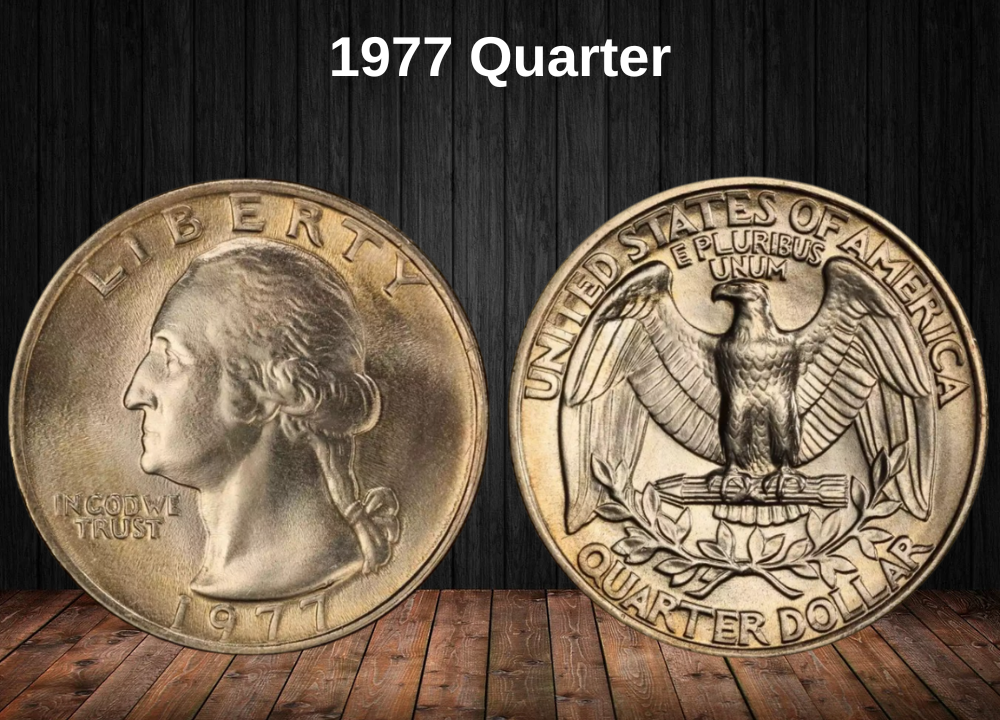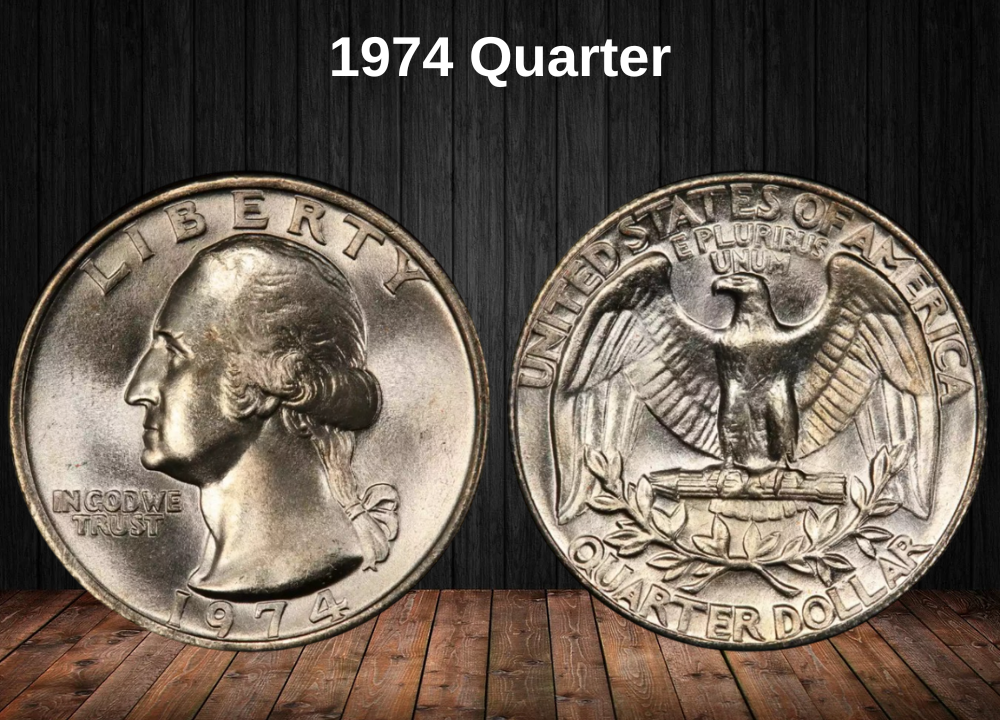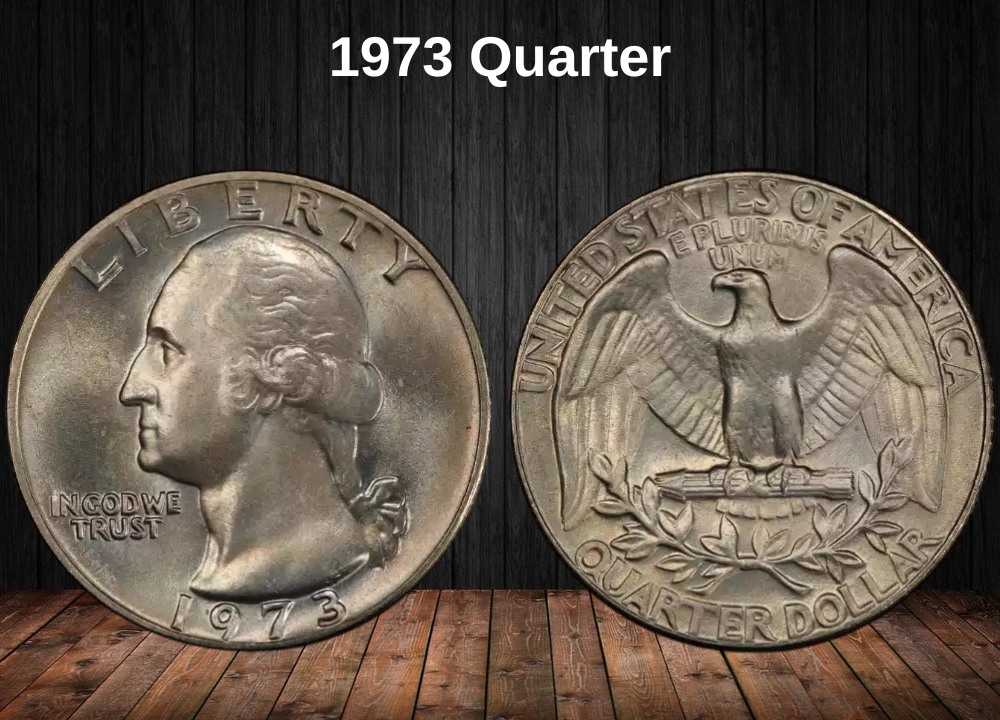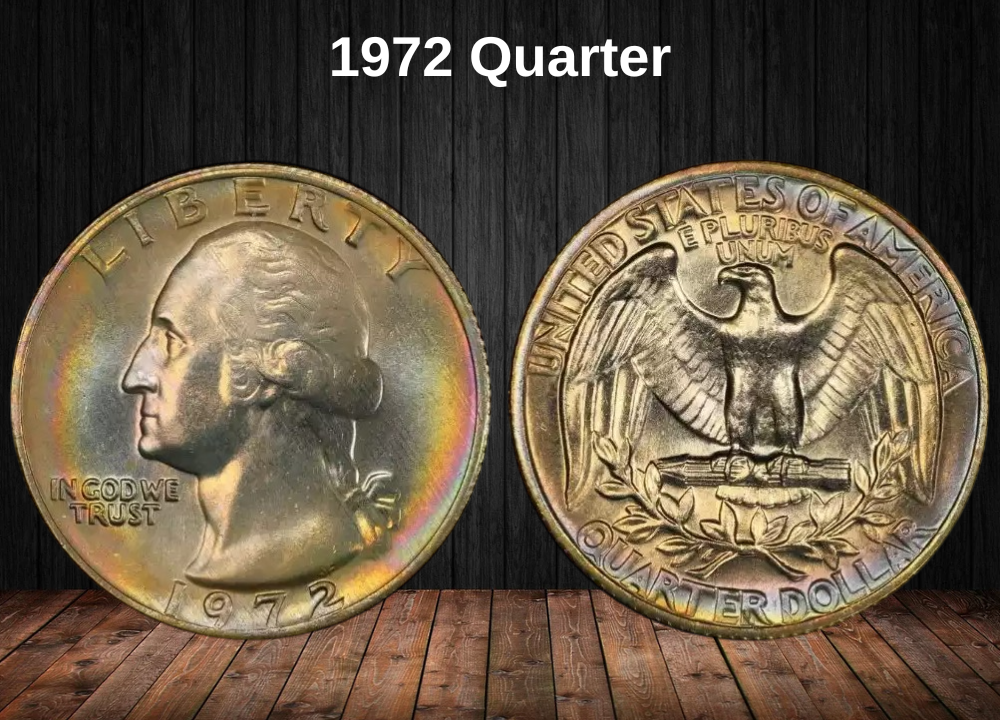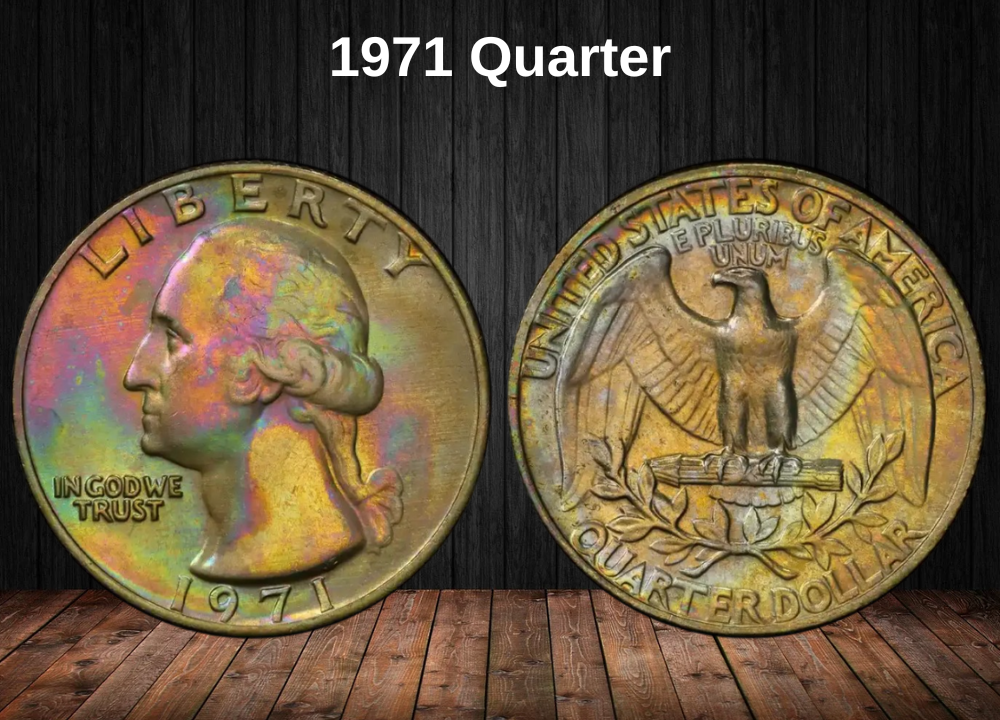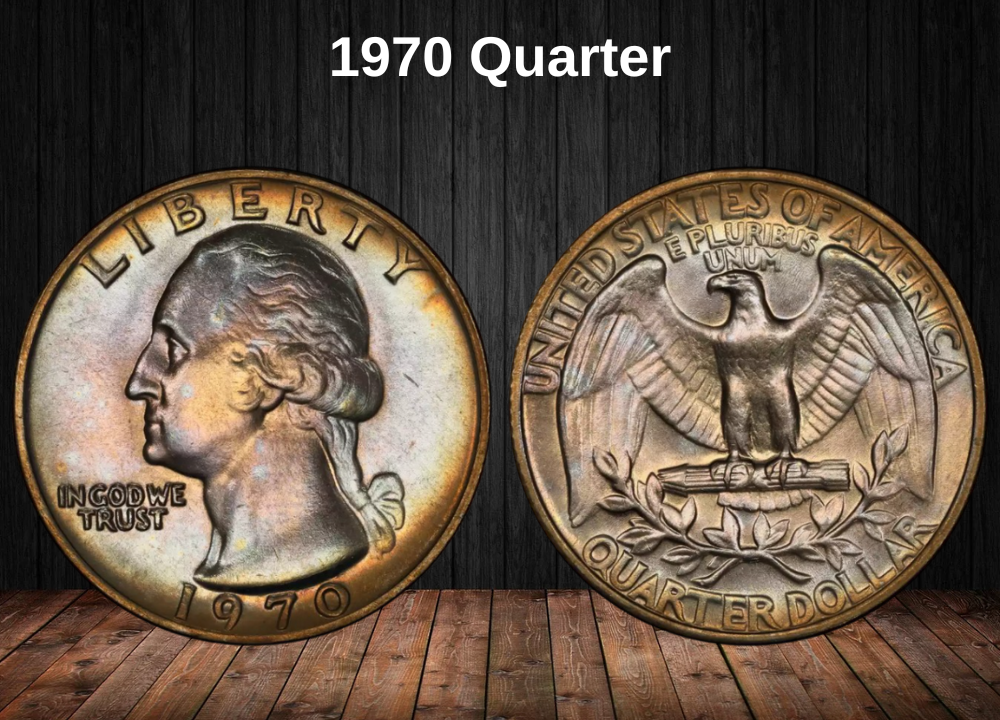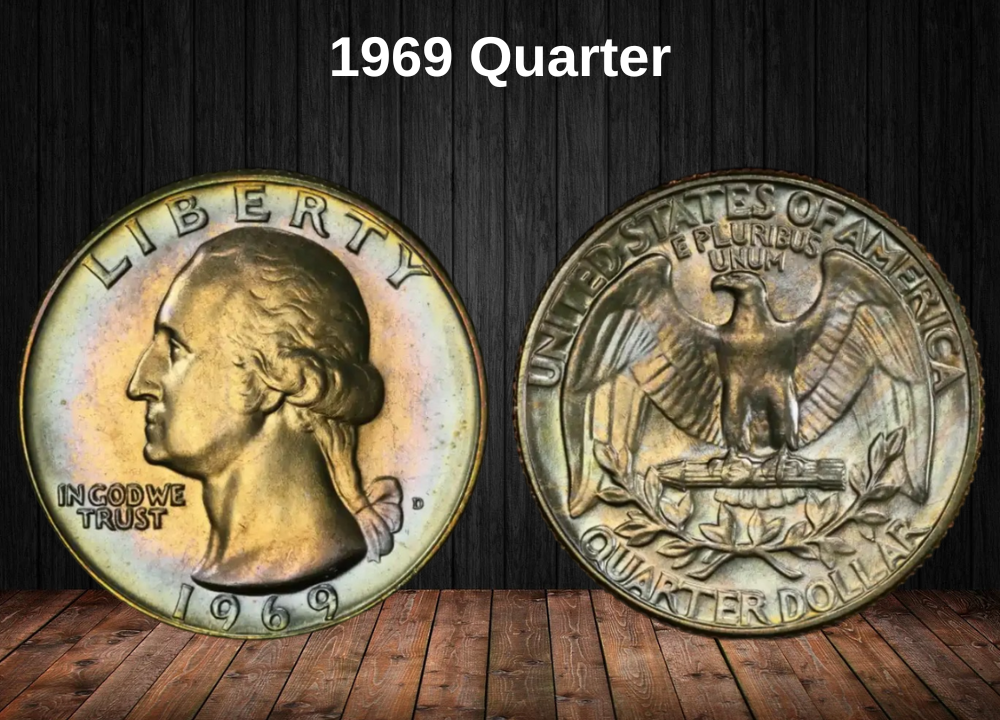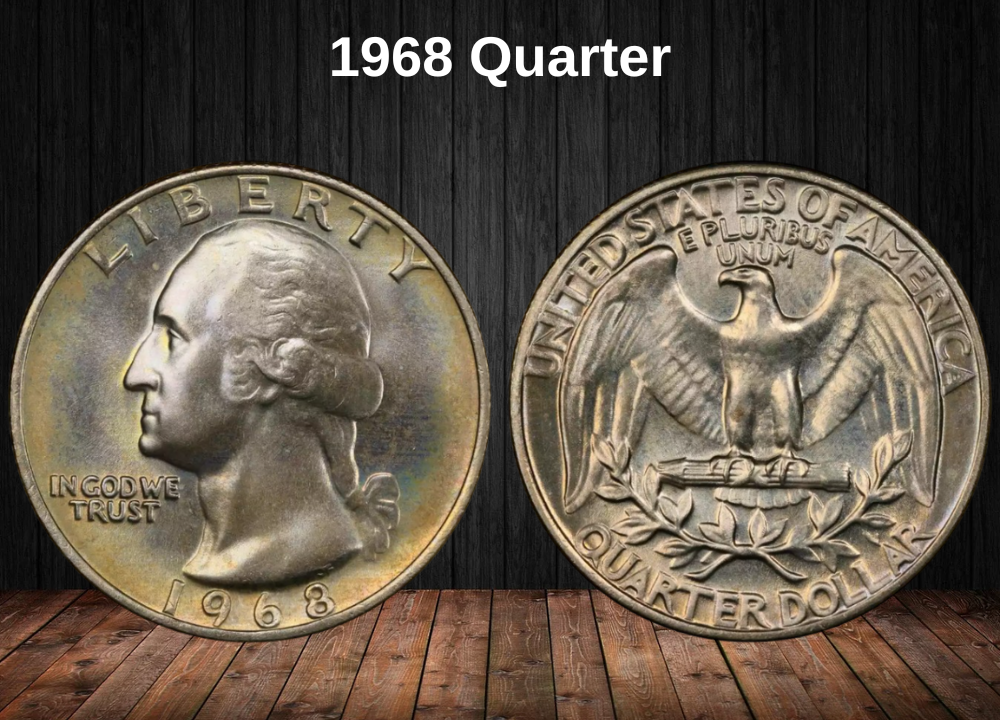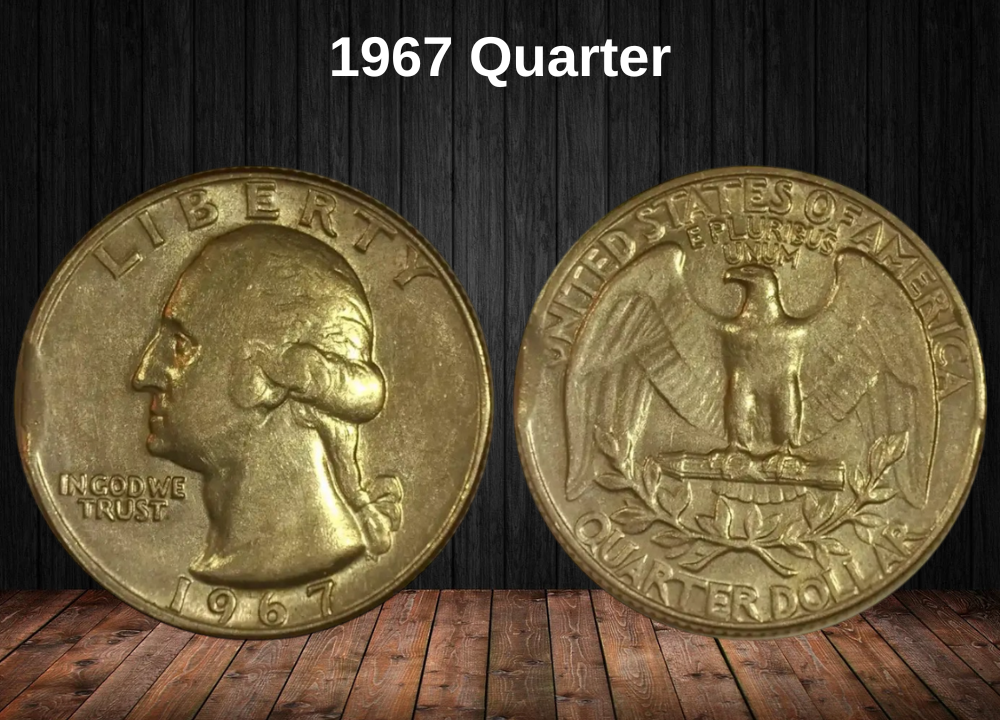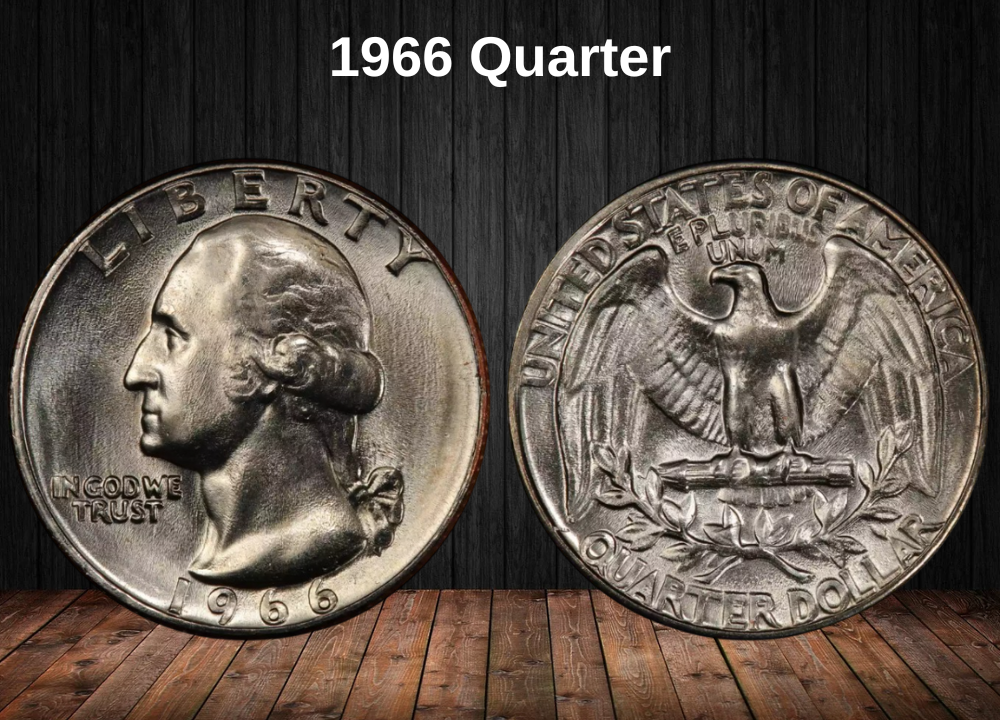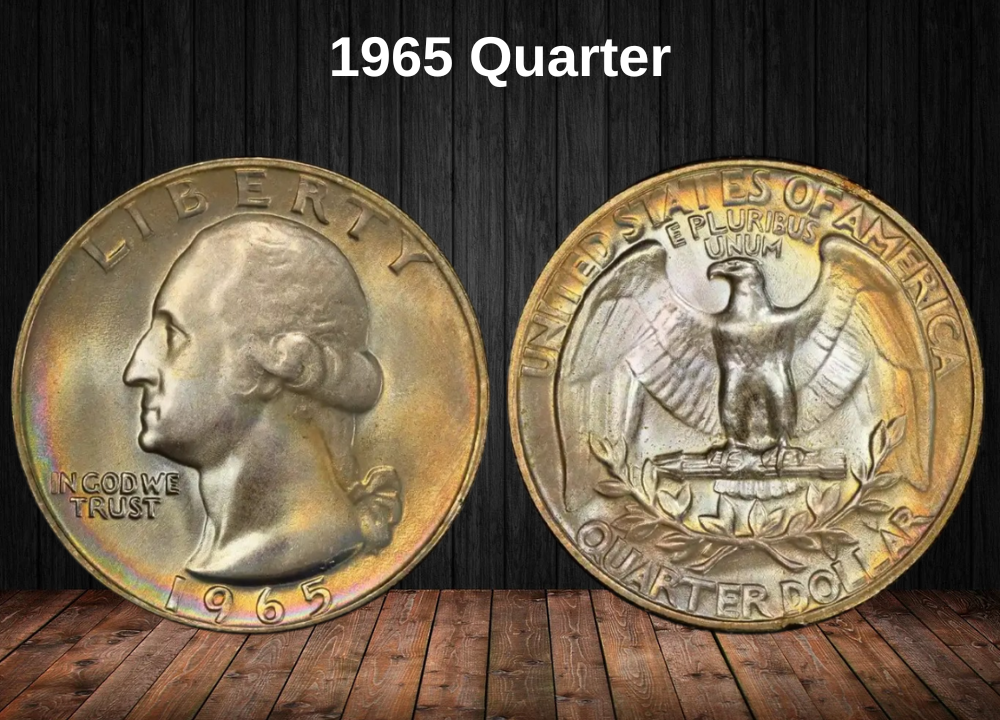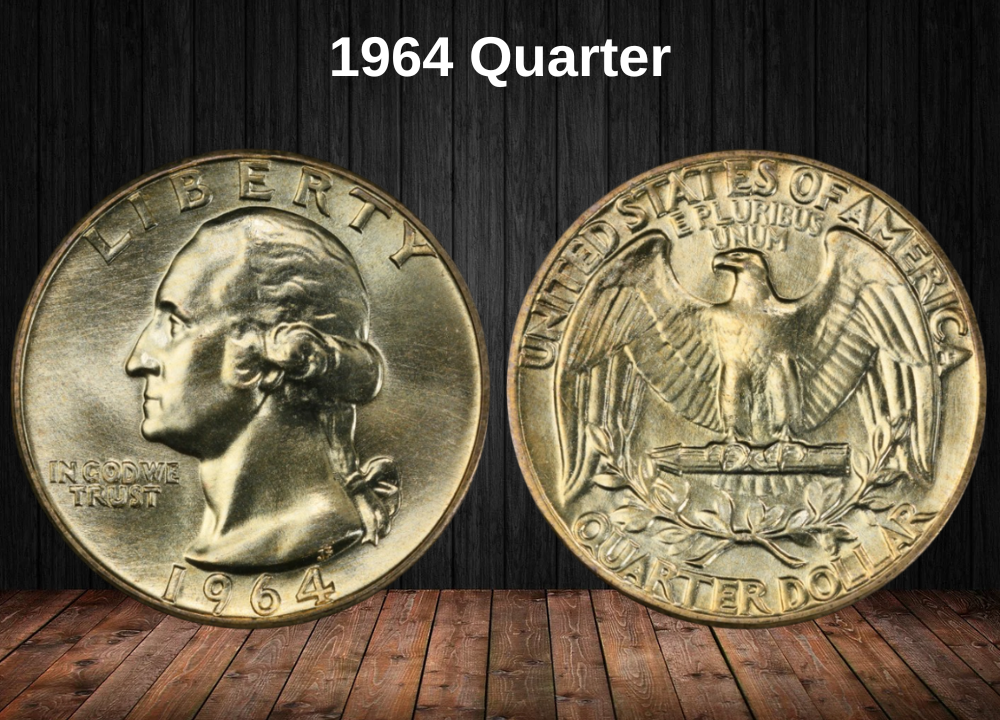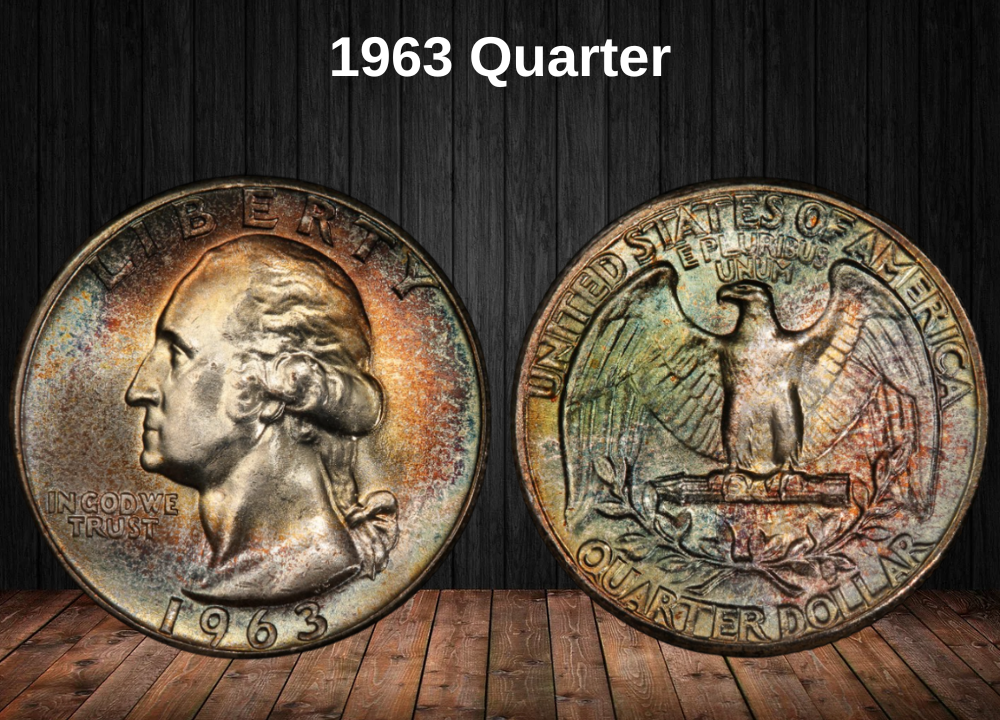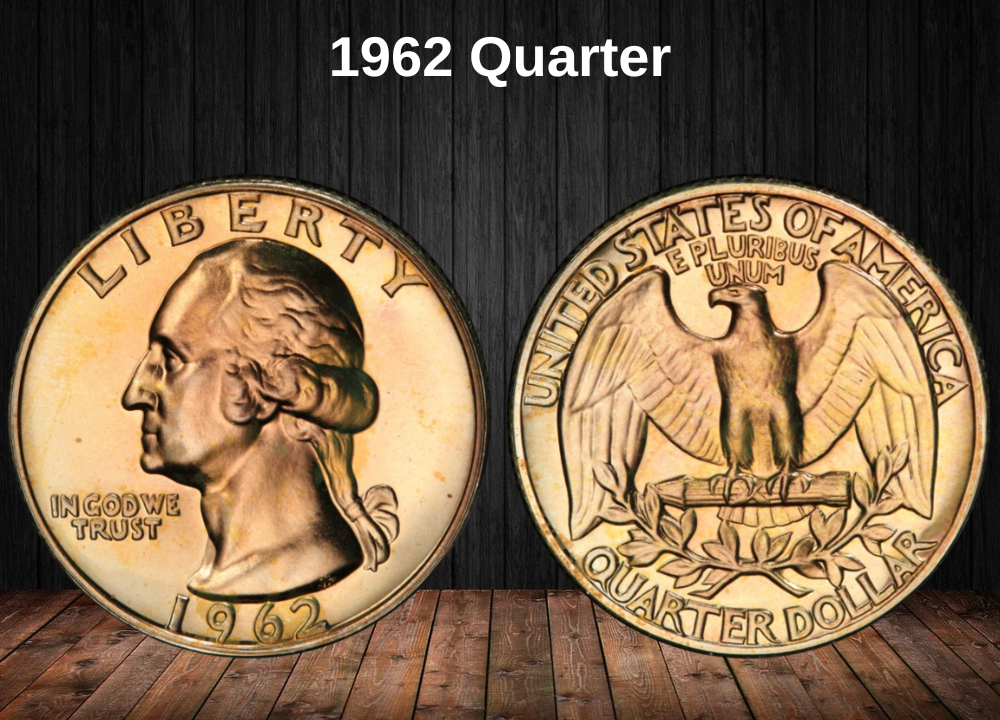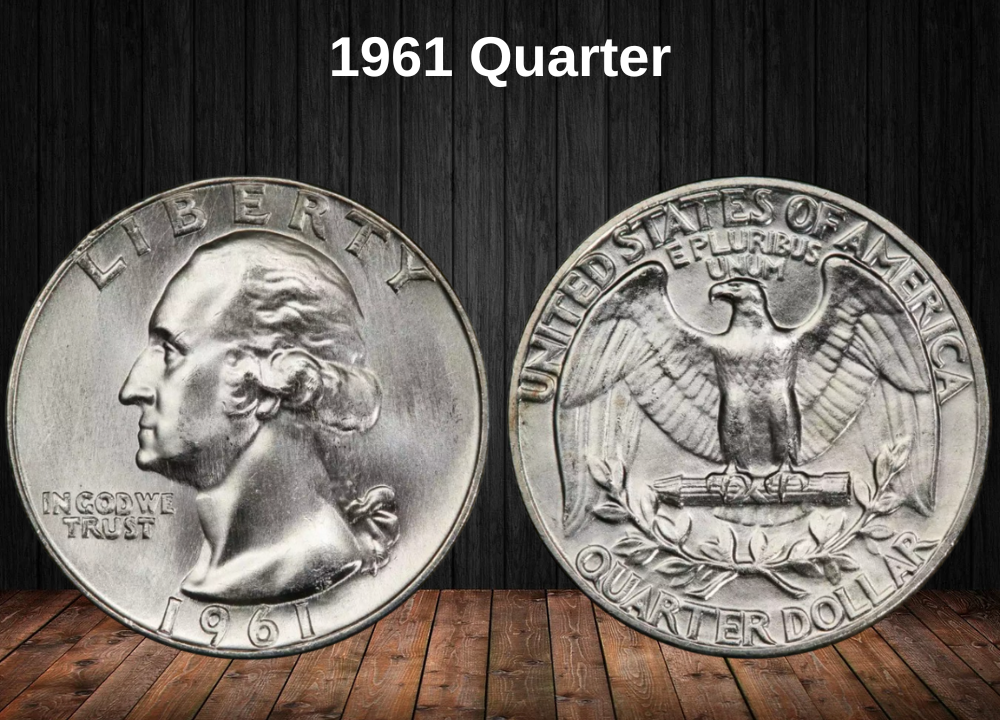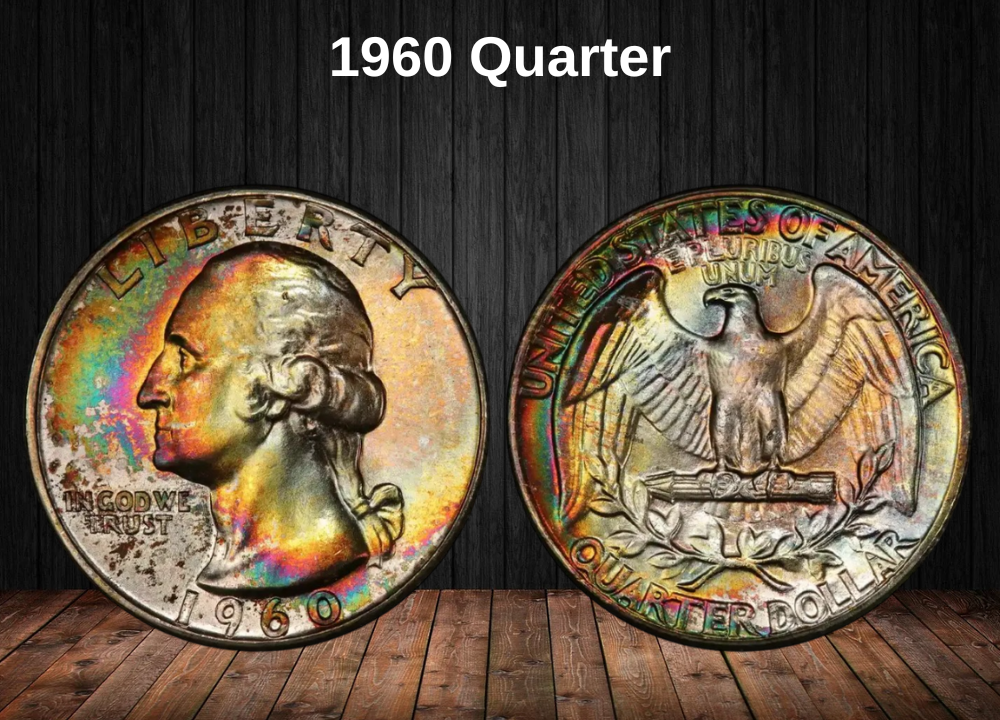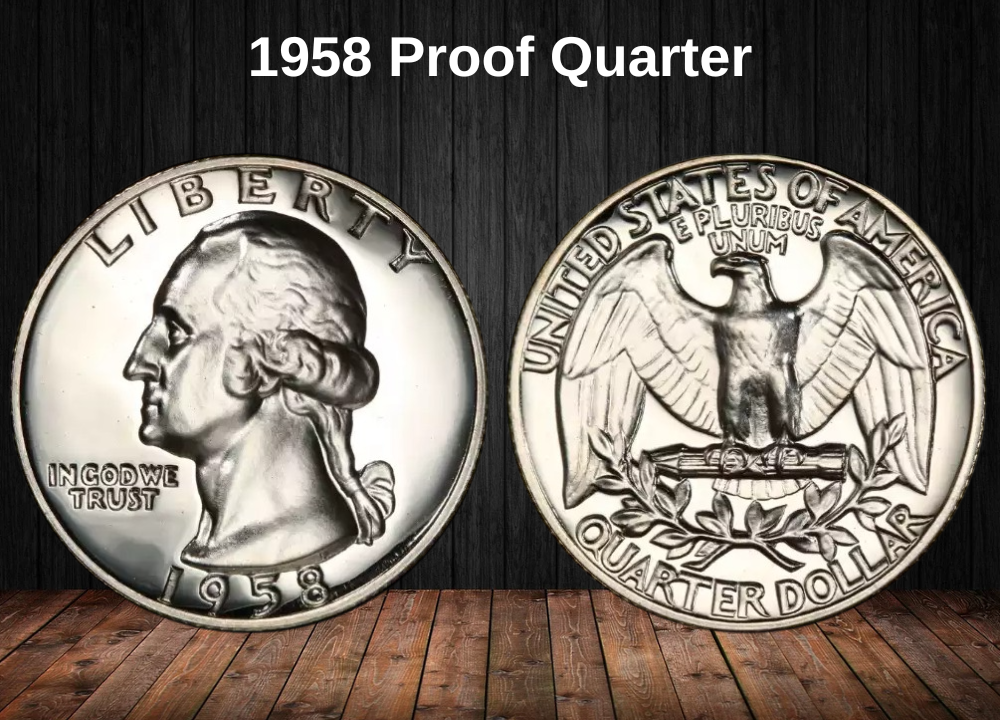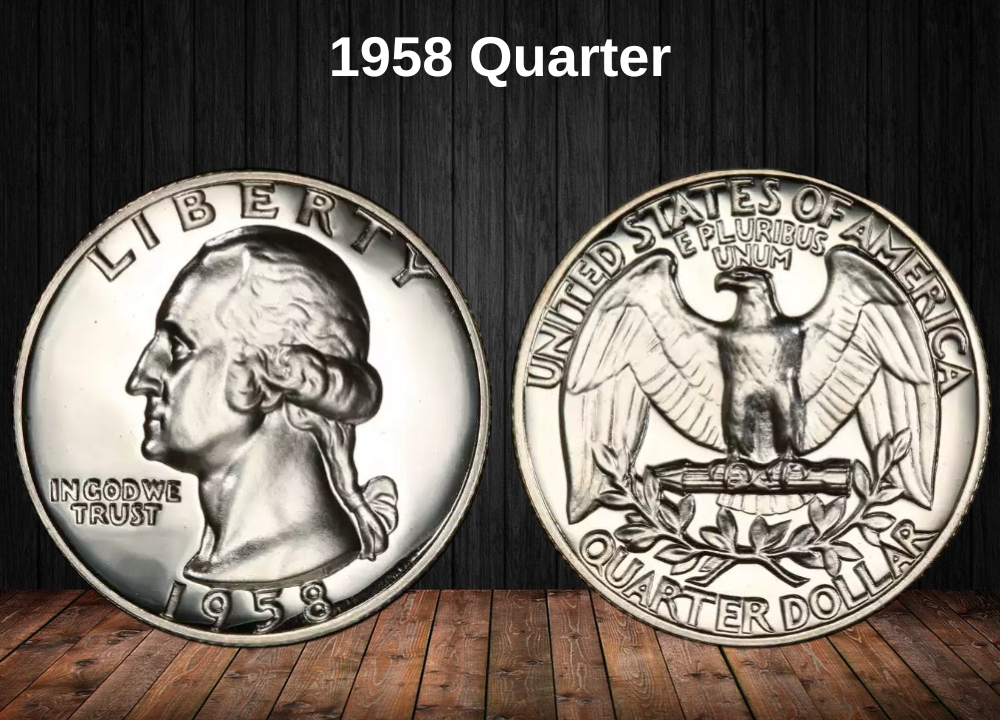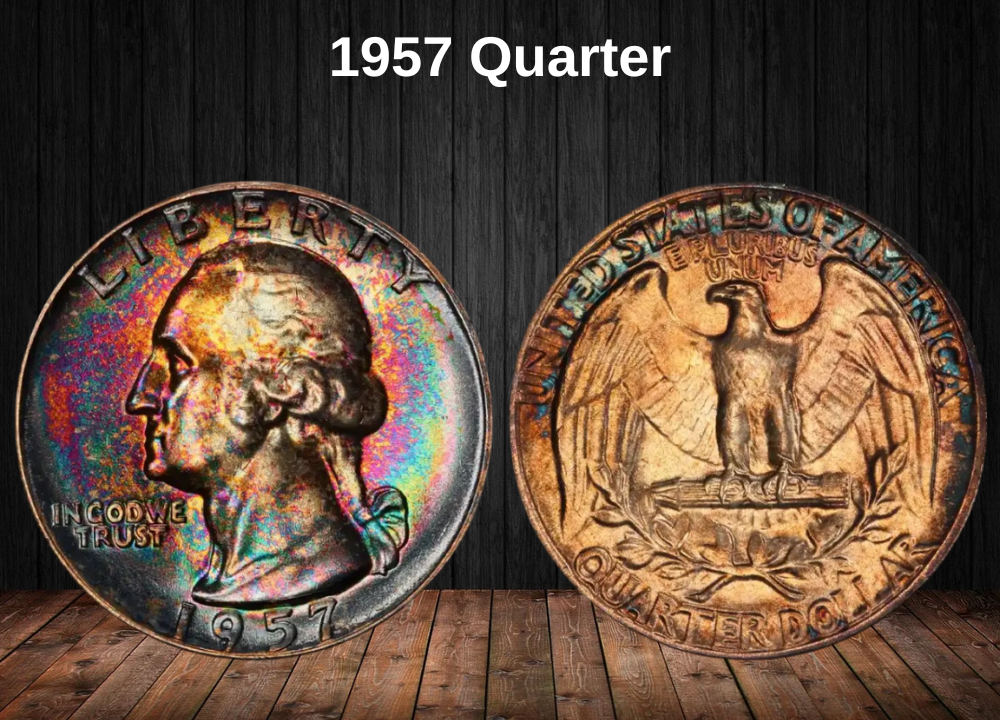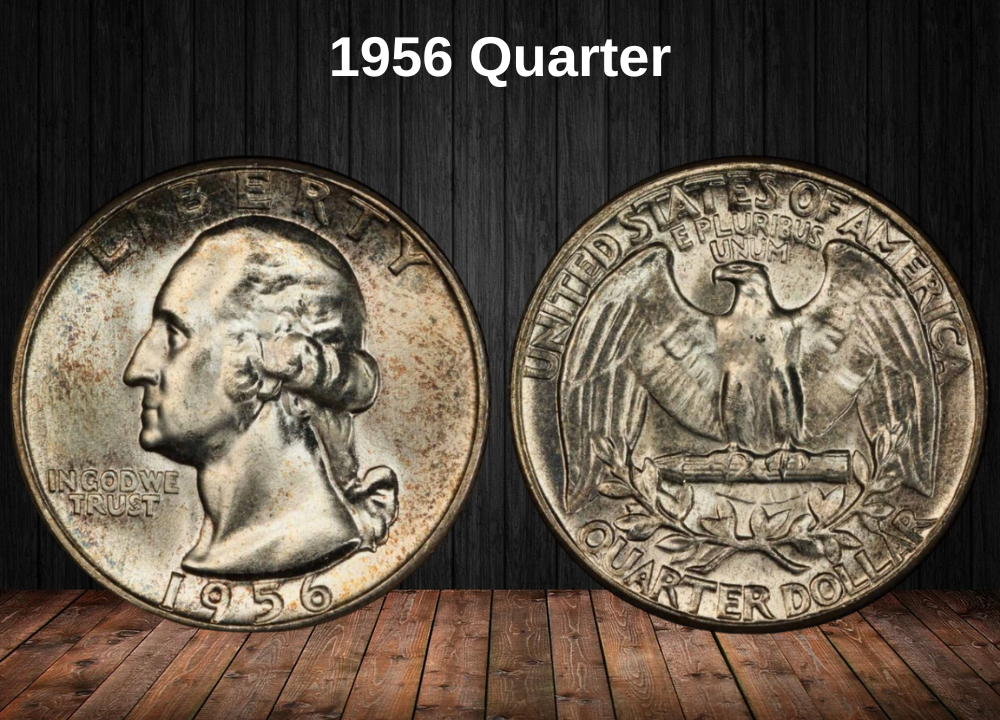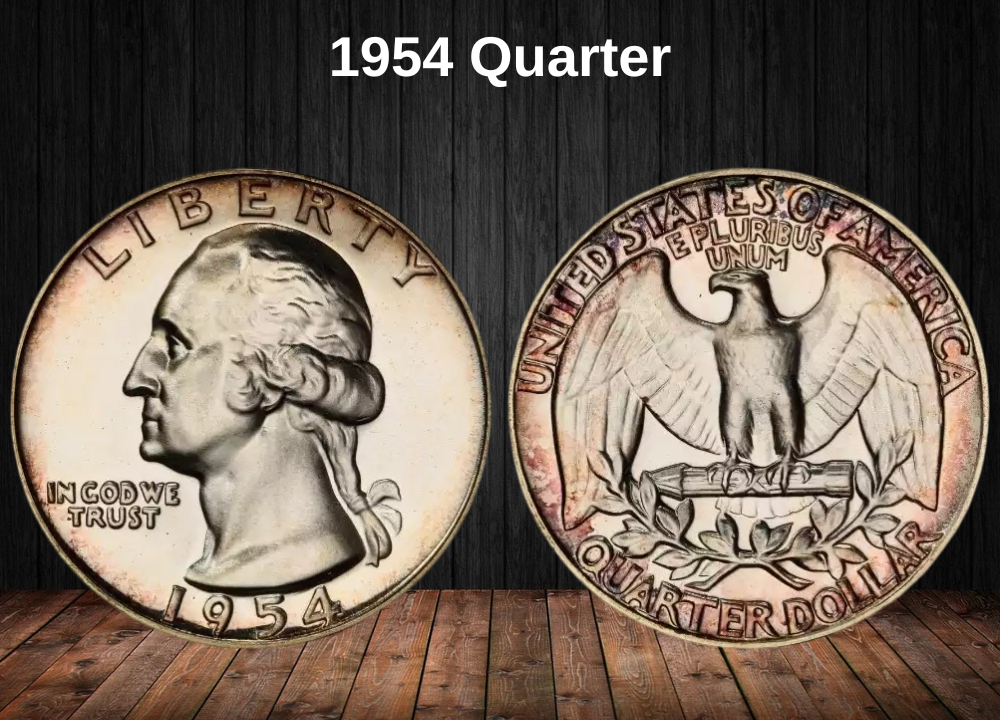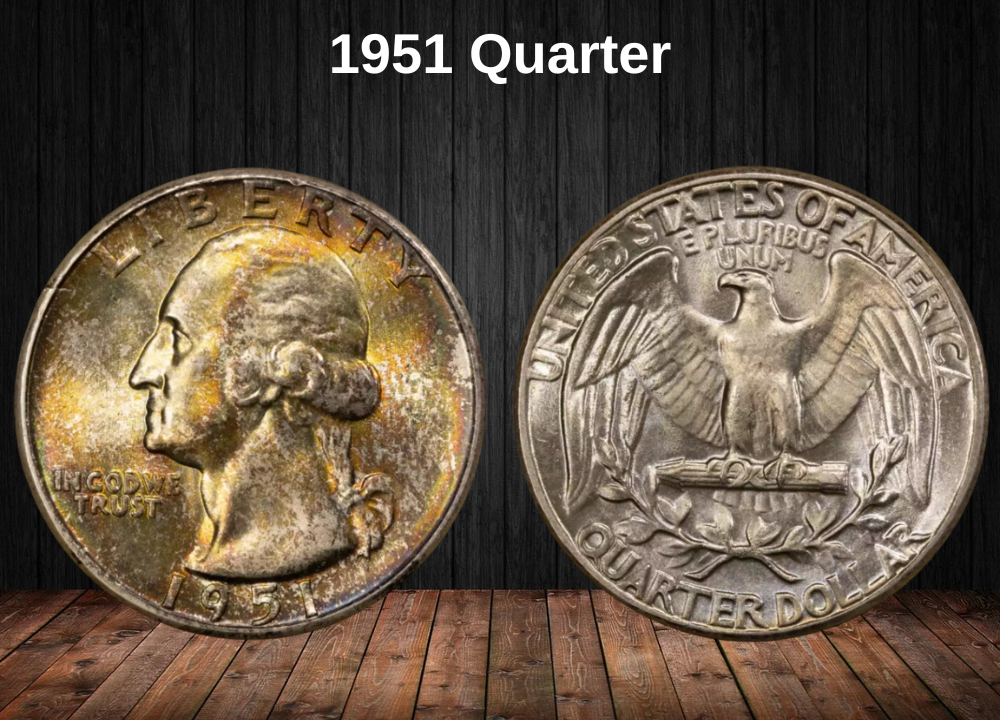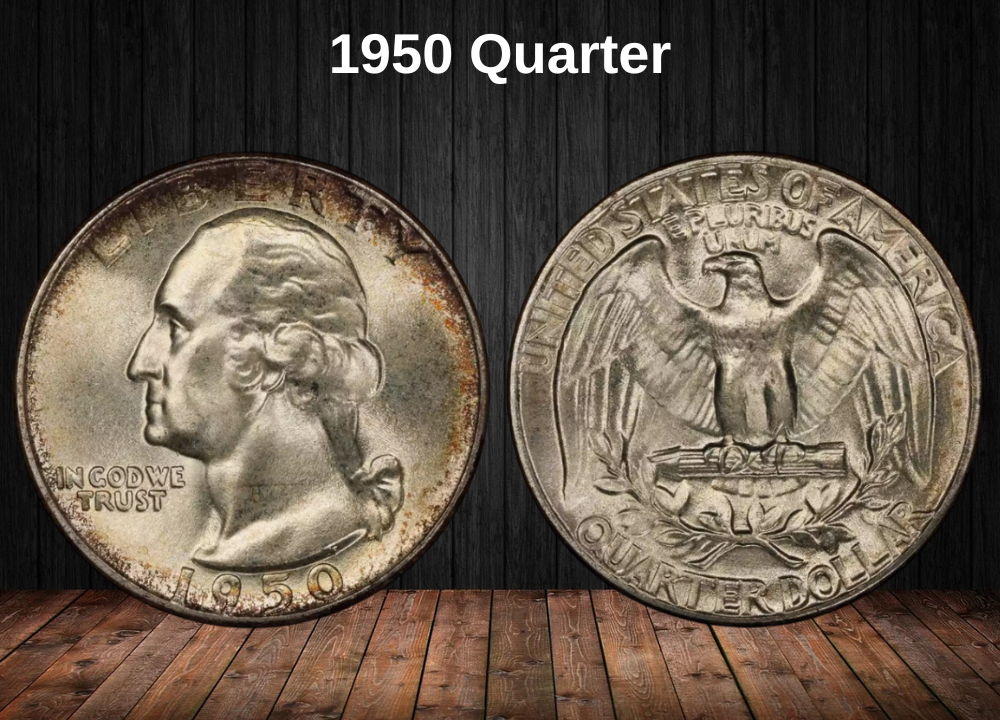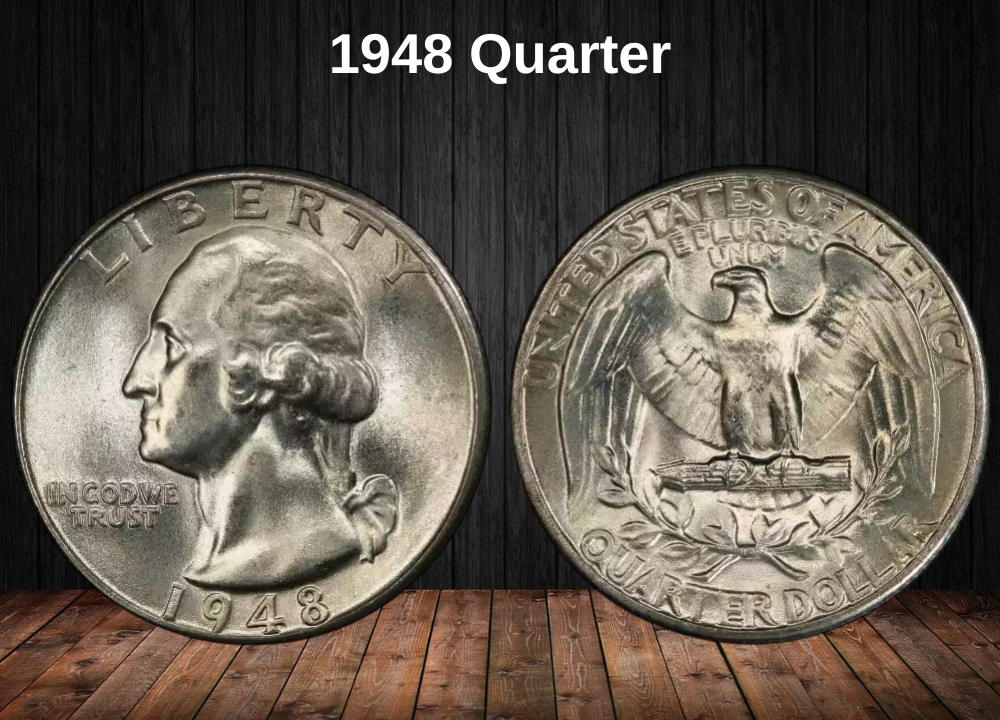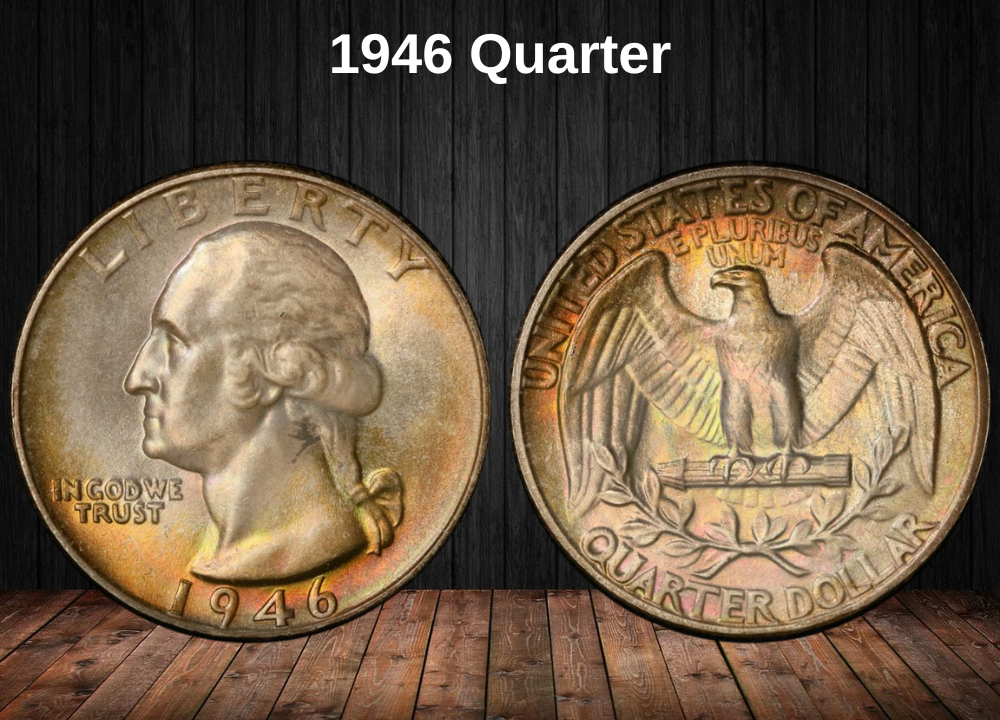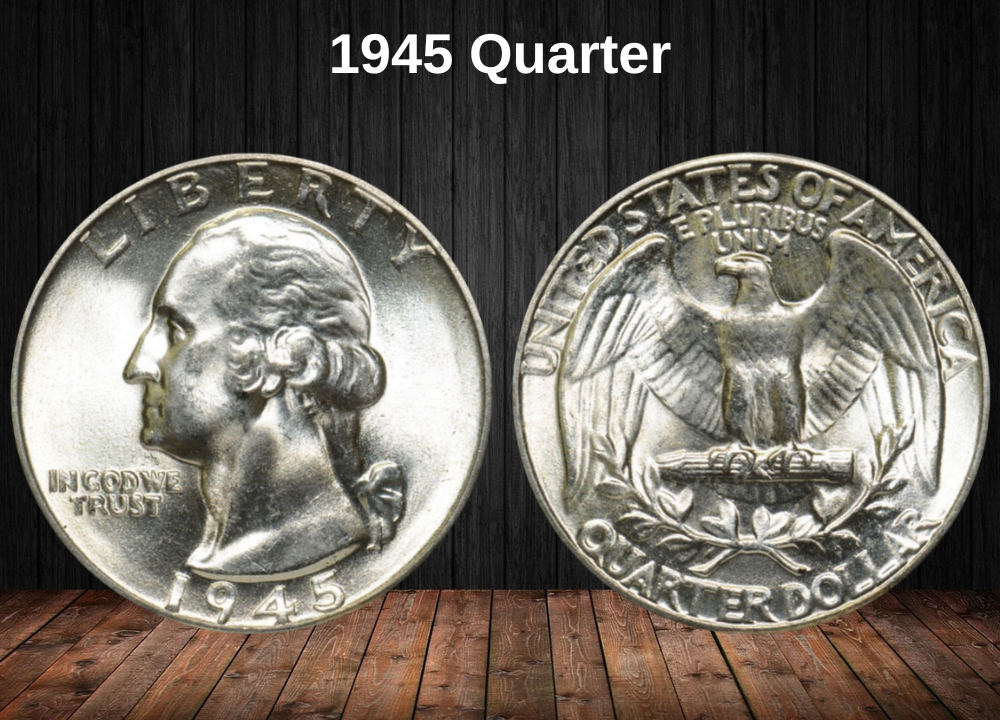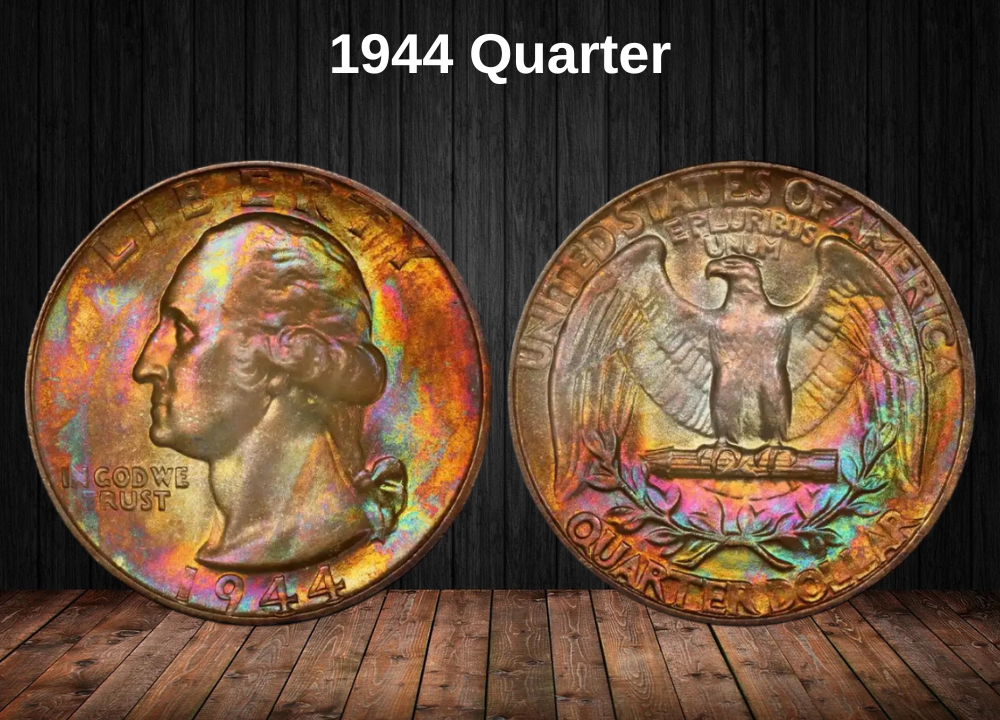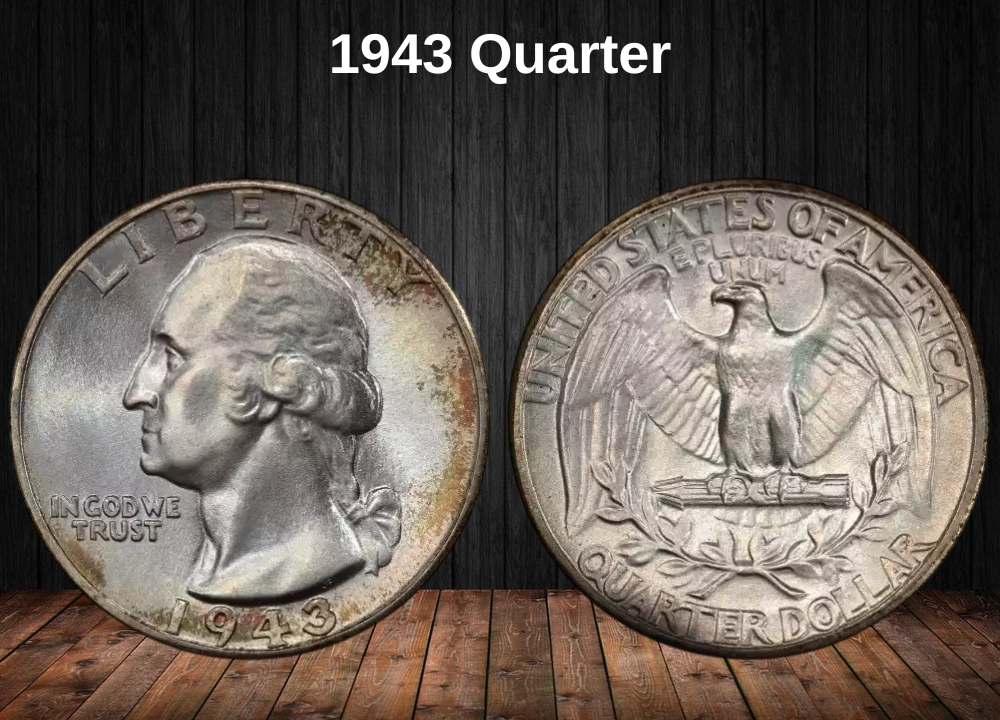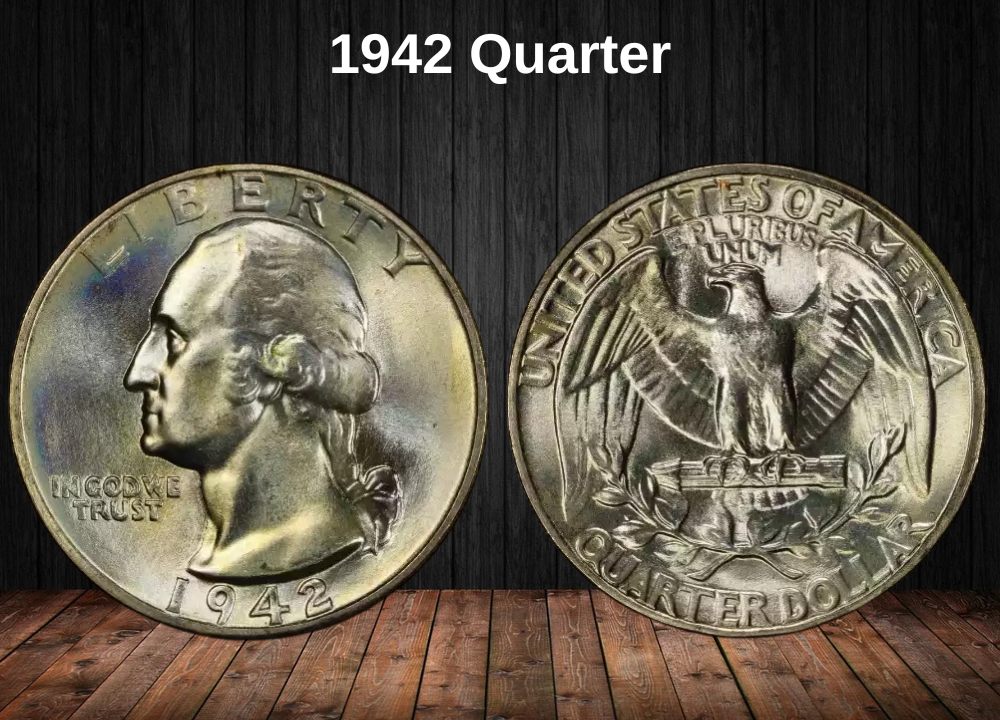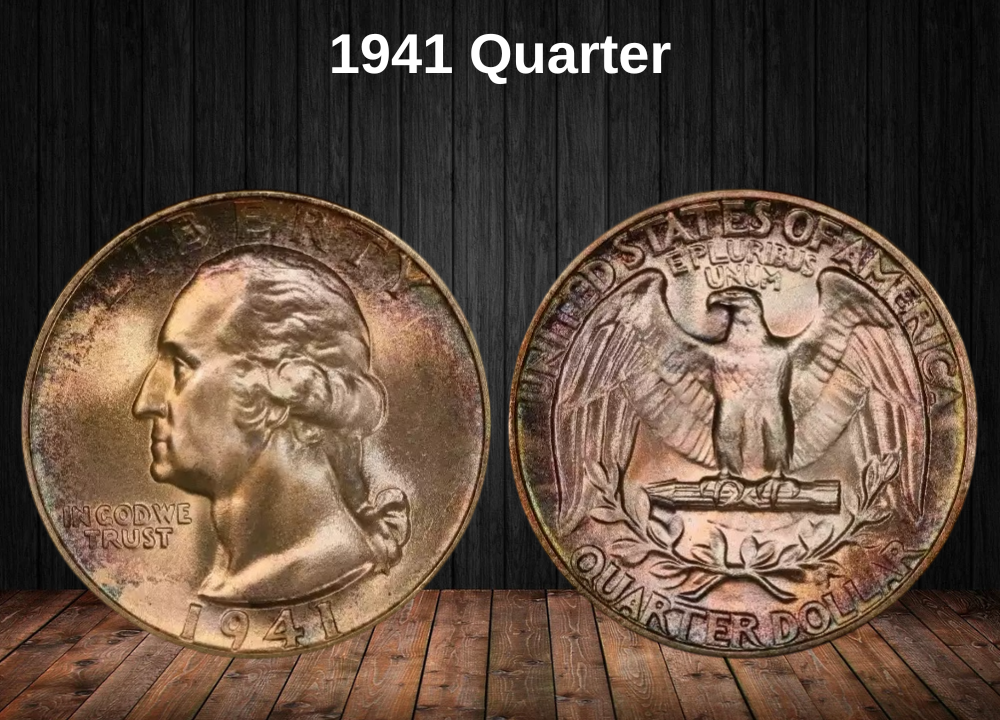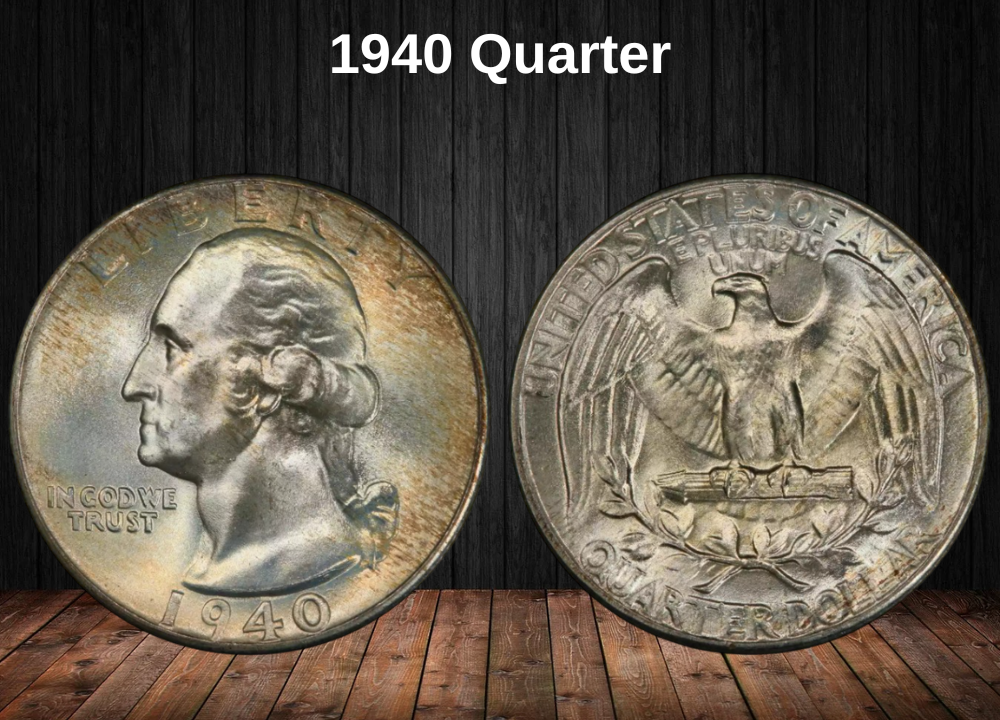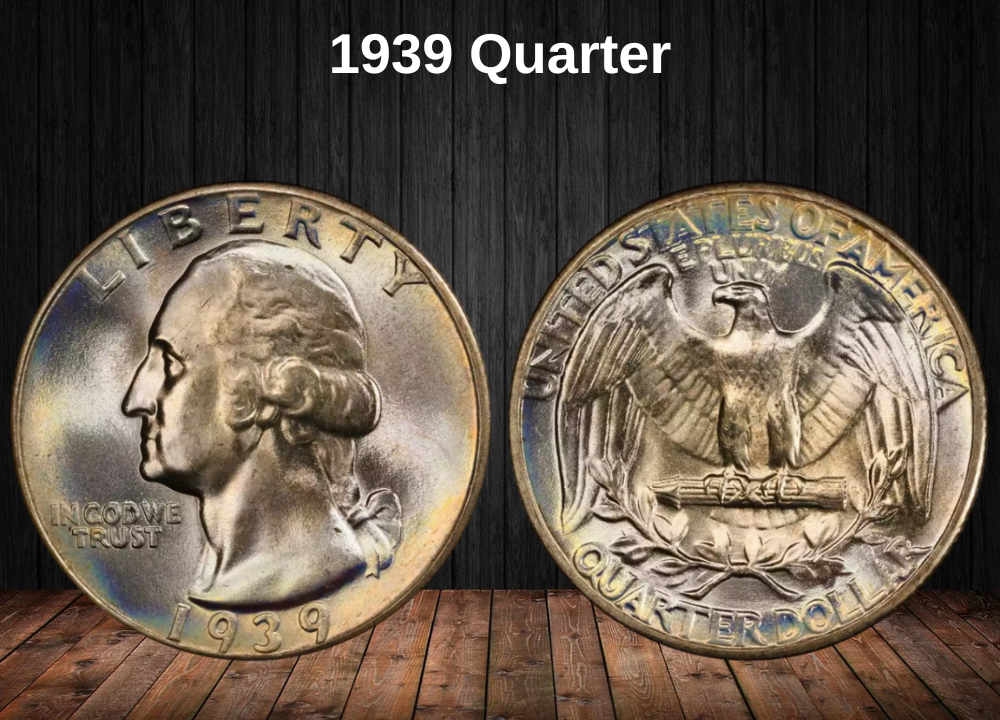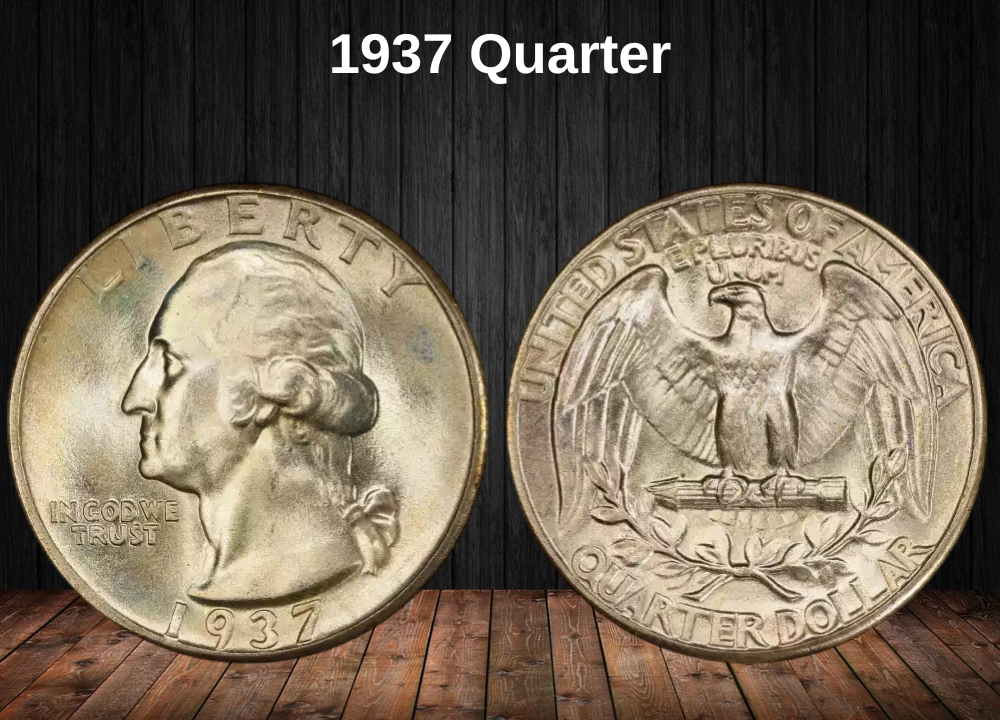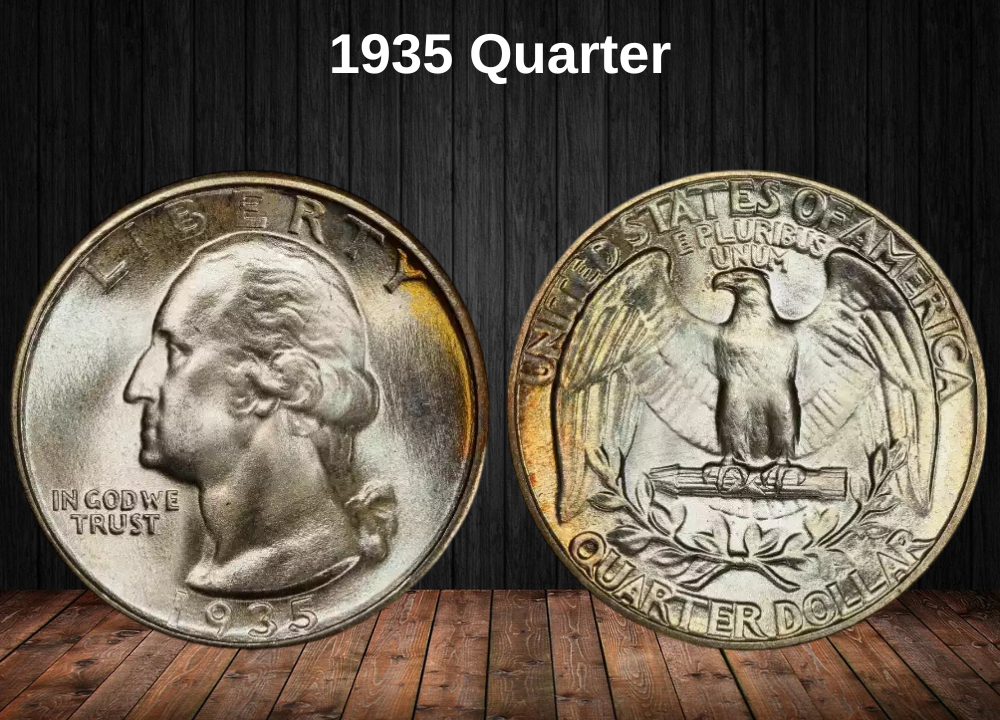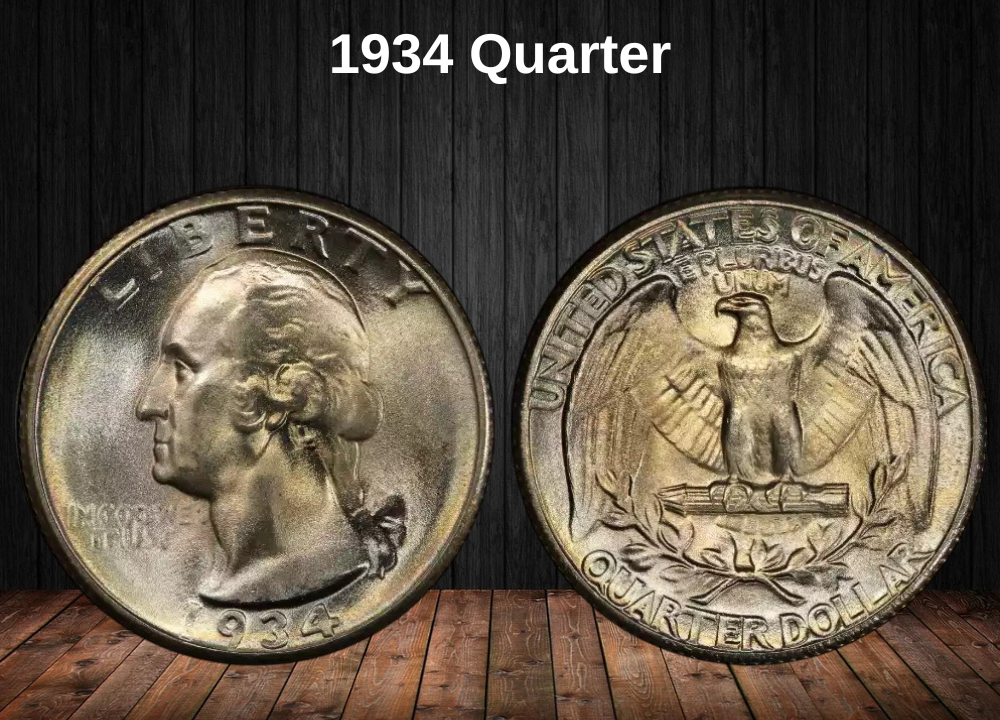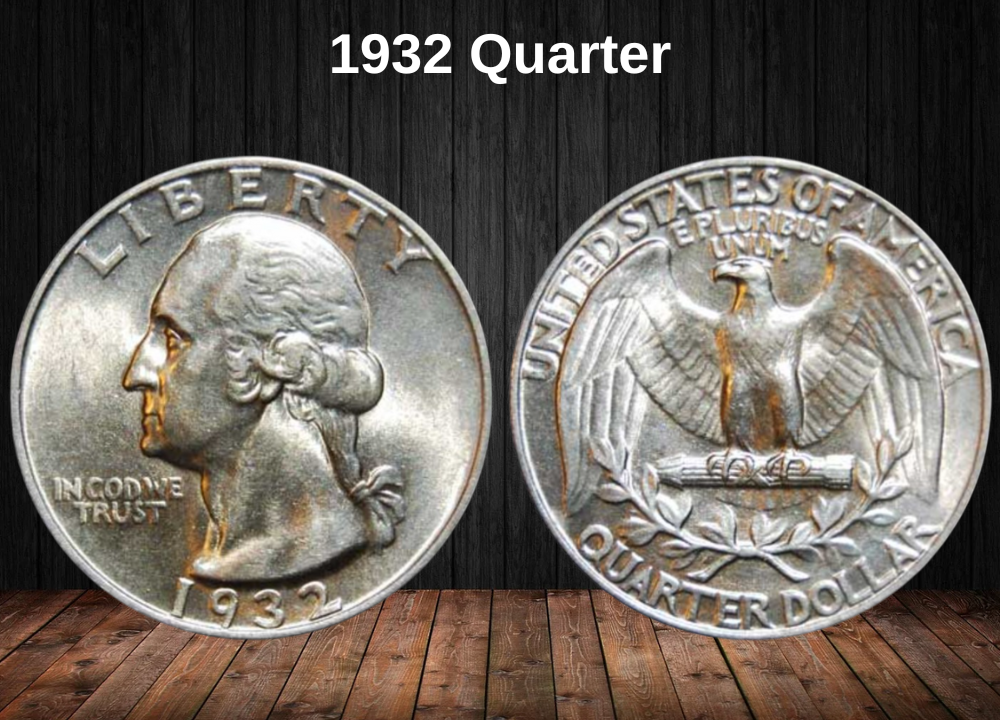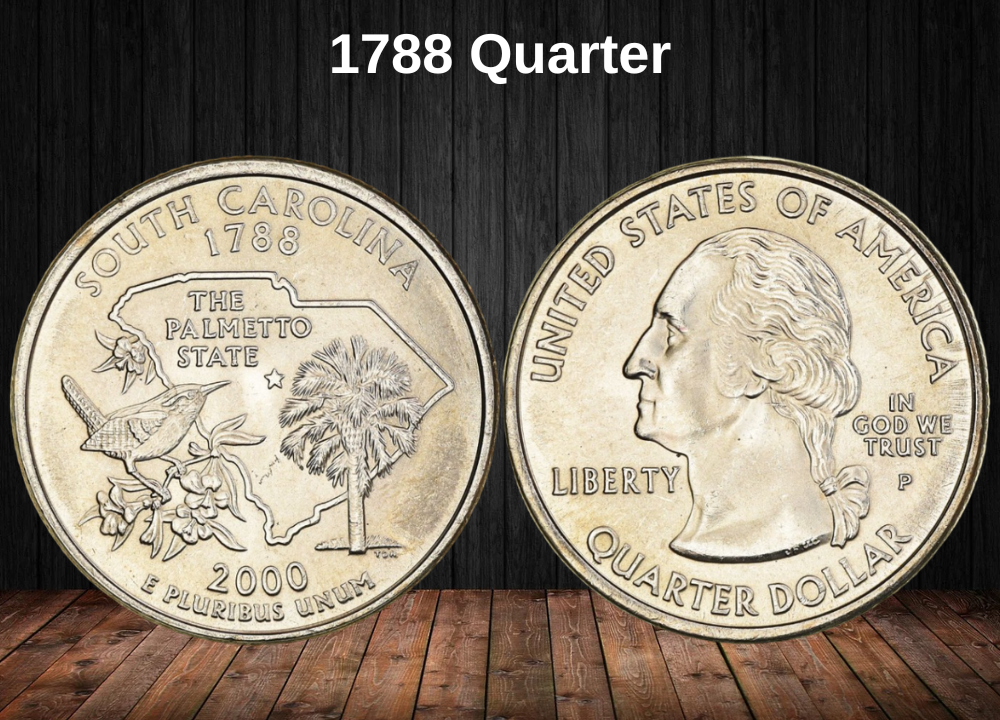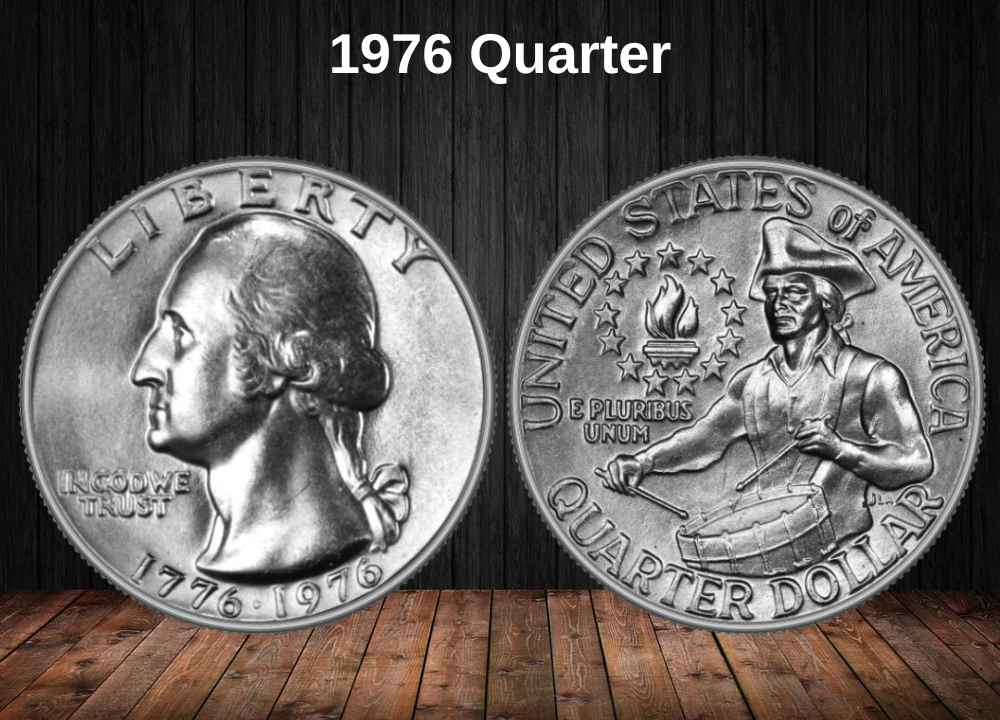When it comes to the 1936 Washington quarter, collectors often get confused by the wide range of prices. Some examples trade close to their silver melt value, while others bring thousands at auction. The difference comes down to mint mark, condition, and whether your coin carries a rare error or proof strike.
Whether you’ve just spotted one in pocket change or inherited a small collection, knowing the true value of a 1936 quarter can mean the difference between spending 25 cents and holding onto a genuine piece of numismatic history.
1936 Quarter Value by Variety
The table below shows current average retail values by mint variety and condition. Prices range from just a few dollars for well-worn circulation strikes to over $4,000 for high-grade Proof coins—a series highlight for specialists.
| Type | GOOD | FINE | AU | MS | PR |
|---|---|---|---|---|---|
| 1936 (No Mint Mark, Philadelphia) | $5 | $6 | $20 | $95 | — |
| 1936-D (Denver) | $6 | $20 | $140 | $330 | — |
| 1936-S (San Francisco) | $6 | $10 | $42 | $165 | — |
| 1936 Proof | — | — | — | — | $4,050 |
History of the 1936 Quarter
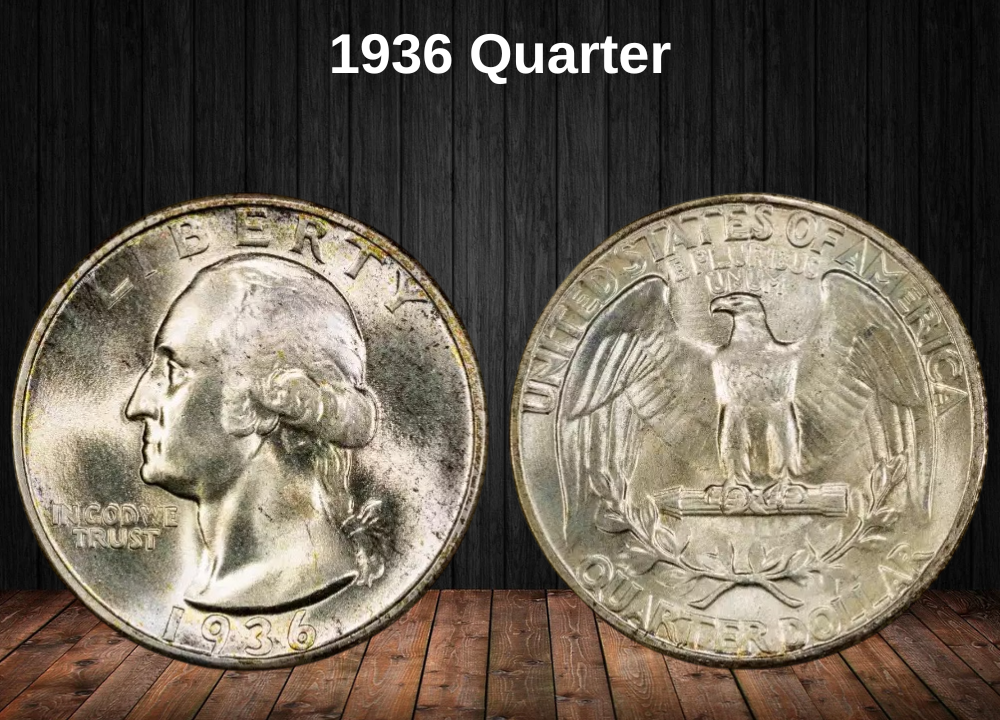
The 1936 Washington quarter belongs to one of the most enduring coin series in U.S. history. Originally, the design was meant to honor the bicentennial of George Washington’s birth in 1932 with a one-year commemorative half dollar. But plans shifted: instead of a half dollar, the Treasury decided on a quarter dollar—a denomination that circulated more widely and would become a permanent fixture of American coinage.
The design competition was won by sculptor John Flanagan, whose left-facing portrait of Washington still graces the obverse today. The reverse featured a bold bald eagle perched on arrows, framed by olive branches.
The first Washington quarters were struck in 1932, composed of 90% silver and 10% copper. Rising silver prices eventually made this mix too costly, and in 1965 the Mint switched to today’s clad composition of copper and cupronickel. At that time, the relief was also lowered to ensure consistent striking with the harder metal.
In 1936, quarters were produced at three facilities—Philadelphia (no mint mark), Denver (D), and San Francisco (S)—with the Philadelphia Mint also striking proof coins. While millions were minted overall, certain issues like the 1936-D are surprisingly scarce in higher grades, keeping collector demand and market values strong to this day.
Key Features of the 1936 Quarter
Obverse Design
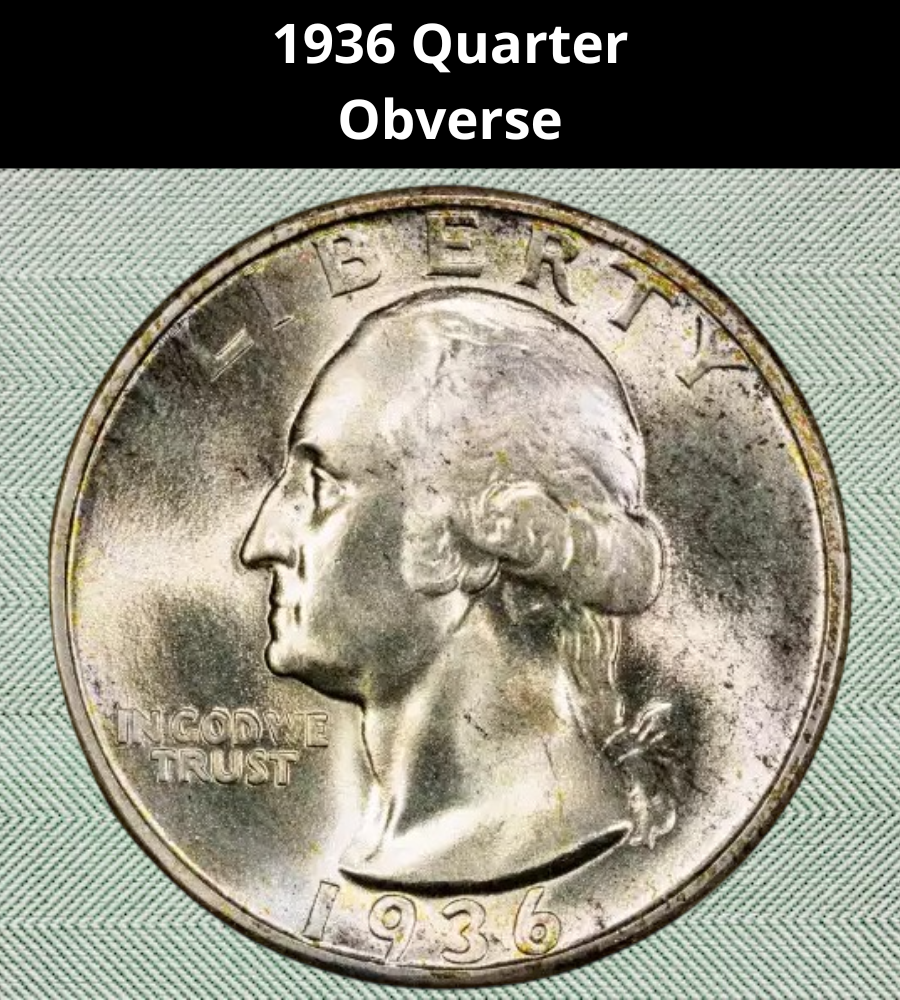
The obverse—or “heads” side—features the now-familiar portrait of George Washington, facing left. This design, created by sculptor John Flanagan, was chosen despite an earlier committee recommendation for artist Laura Gardin Fraser’s version. Treasury Secretary Andrew W. Mellon preferred Flanagan’s work, and his successor, Ogden L. Mills, upheld the decision.
Key details include:
- LIBERTY arched across the top
- The motto IN GOD WE TRUST to the left, just under Washington’s chin
- The date 1936 centered at the bottom rim
- Designer initials JF engraved at the neckline cut-off
Reverse Design
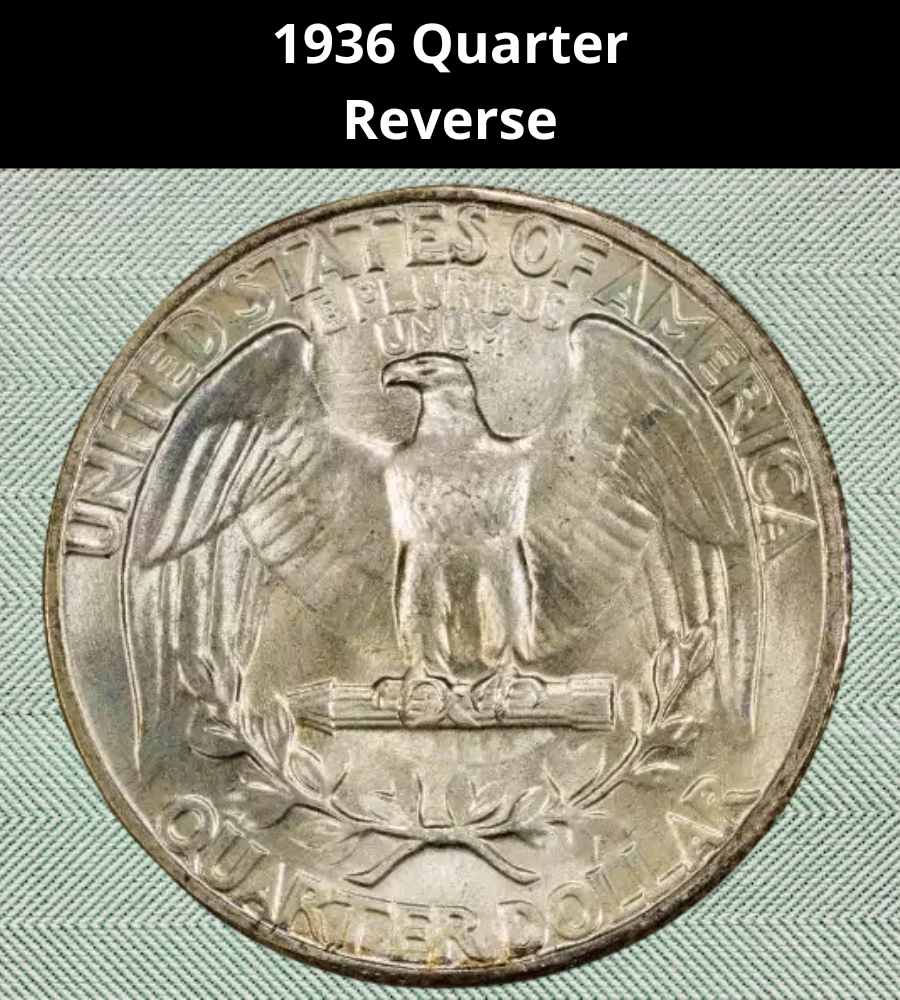
The reverse, also designed by Flanagan, depicts a heraldic bald eagle with outstretched wings, perched on a bundle of arrows—symbolizing strength—with an olive branch below for peace.
Other inscriptions include:
- E PLURIBUS UNUM above the eagle’s head
- UNITED STATES OF AMERICA curving across the top
- QUARTER DOLLAR at the bottom
Coins struck at Denver (“D”) and San Francisco (“S”) carry mint marks just below the wreath. Quarters from Philadelphia have no mint mark.
Other Specifications
Like earlier Washington quarters, the 1936 issue was struck in 90% silver and 10% copper.
- Weight: 6.25 g (0.2009 troy oz)
- Silver content: 5.62 g (0.1808 troy oz)
- Diameter: 24.3 mm (0.956 in)
- Thickness: 1.75 mm (0.068 in)
- Edge: Reeded (119 reeds)
The reeded edge wasn’t just decorative—it acted as an anti-fraud measure, making it easy to see if silver had been clipped off the coin.
Design Note: Starting in 1944, the U.S. Mint made small modifications to sharpen the lettering and enlarge the date slightly, meaning 1936 quarters show subtle differences compared to later strikes.
1936 Quarter Grading
A well-preserved 1936 Washington quarter can easily stand out, with professional assessments often placing high-quality examples in the MS63–MS65 range.
What to Look For
- Luster: A strong, even luster across the fields shows excellent metal flow from the dies.
- Strike Quality: Sharp definition in Washington’s hair curls and the eagle’s breast feathers is a key indicator of mint strength.
- Surface Condition: Light contact marks or faint bag chatter are common for the era and usually acceptable in the MS63–MS64 range.
- Toning: Subtle toning around the rims or across the surfaces is typical for silver coins of this age and can even add collector appeal if it’s attractive and natural.
Grading Washington Quarters
Evaluating a 1936 quarter requires balancing four main factors:
- Luster – brightness and cartwheel effect
- Strike – clarity of small details like lettering and feathers
- Preservation – the number and severity of bag marks or scratches
- Wear Patterns – signs of circulation, especially on high points
1936 Quarter Value Guides
1936 No Mint Mark Quarter Value
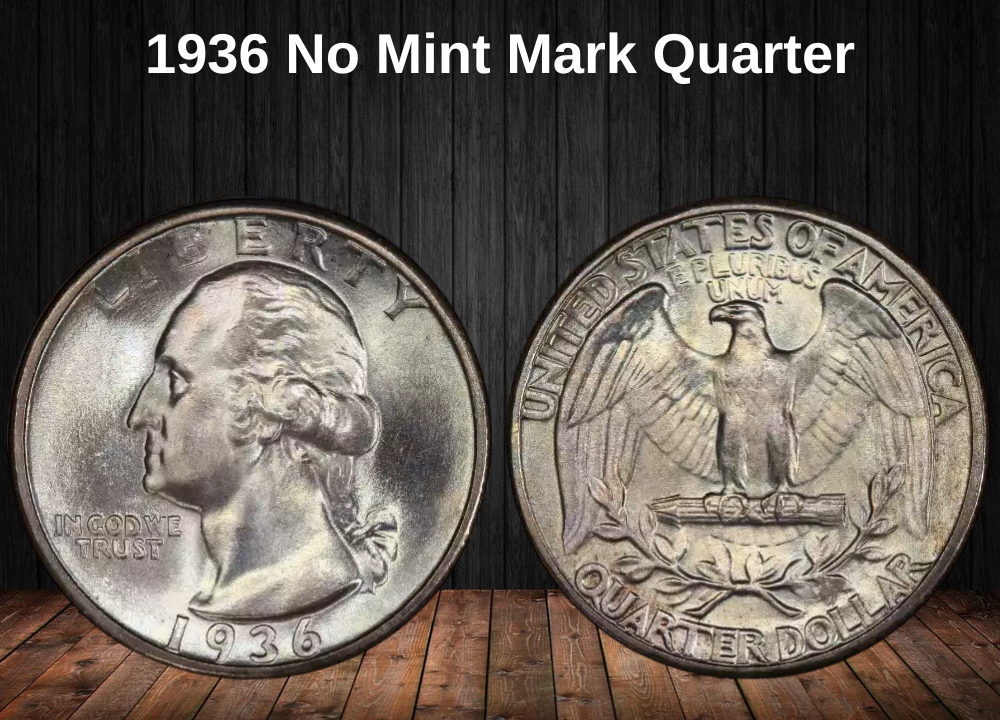
The 1936 Philadelphia (no mint mark) quarter is the most common issue of the year, but it perfectly demonstrates how condition drives value in the Washington quarter series.
In lower circulated grades, prices hover around $5–$8, not far above silver melt. But in uncirculated condition, the story changes dramatically. Certified examples in MS65 can bring solid premiums, and by the time you reach MS67 and above, prices rise steeply.
The biggest shock comes at the top: record-setting MS70 specimens have sold for nearly $19,000, proving how condition rarity transforms a relatively ordinary coin into a true collector trophy.
Key Takeaway: While most 1936 Philadelphia quarters are accessible to beginners, high-grade survivors are exceptionally rare. This sharp value escalation from MS65 to MS70 makes the 1936 no mint mark issue a classic case study in how condition rarity drives the modern coin market.
1936-D Quarter Value
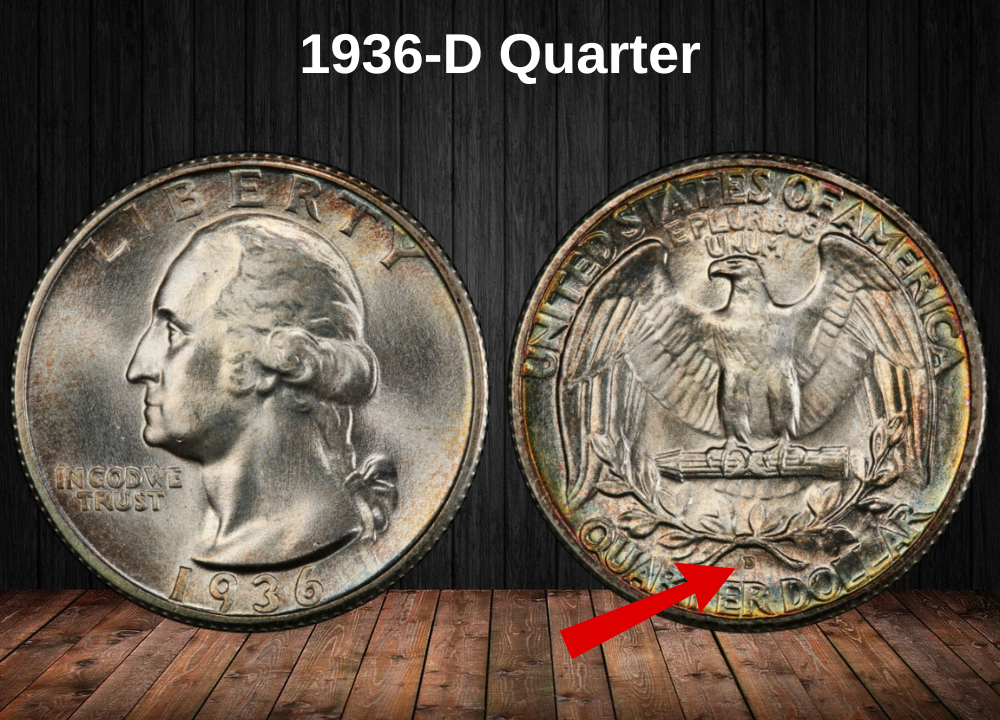
The 1936-D Washington quarter is a moderately scarce issue from the Denver Mint, with a total mintage of just over 5.37 million coins—far fewer than the Philadelphia output.
For collectors, the 1936-D serves as an important bridge piece in the early Washington quarter series. Denver Mint coins from this era often display unique strike characteristics and luster patterns, making them easy to distinguish from their Philadelphia and San Francisco counterparts.
While circulated examples remain affordable, high-grade survivors are much tougher to find. Bag marks and weaker strikes are common, so sharp, well-preserved pieces in MS65 and above carry strong premiums.
Collector Insight: The 1936-D isn’t the rarest of the series, but demand remains steady because of its low mintage and distinctive Denver look. For set builders, it’s one of the more rewarding dates to chase in choice condition.
1936-S Quarter Value
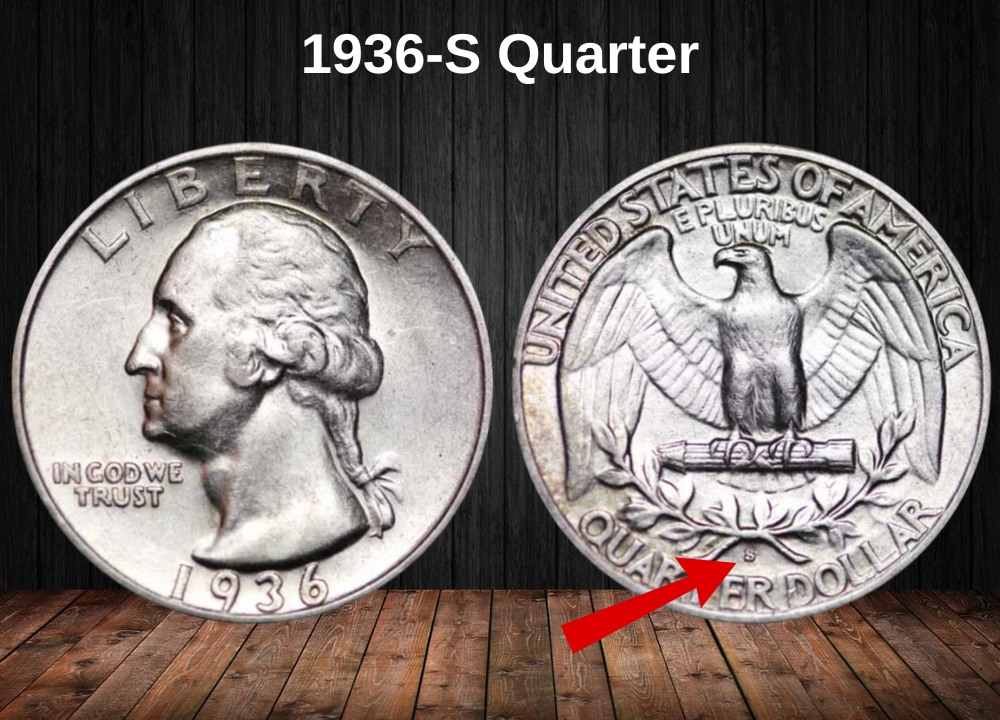
The 1936-S Washington quarter is widely considered the key date of the early Washington quarter series. With a mintage of only 3.83 million coins from the San Francisco Mint, it is the lowest of the three circulation issues for the year.
Identified by the “S” mint mark beneath the eagle on the reverse, this coin commands strong premiums across nearly all grades due to its genuine scarcity in the marketplace.
Most 1936-S quarters circulated heavily on the West Coast, where fewer collectors were actively setting coins aside. As a result, high-grade survivors are extremely rare. Well-struck examples with full luster and minimal contact marks are especially prized, and they consistently attract aggressive bidding in auctions.
Collector Insight: For anyone assembling a complete early Washington quarter set, the 1936-S is a must-have key date—and one of the most challenging to secure in Mint State condition.
1936 Proof Quarter Value
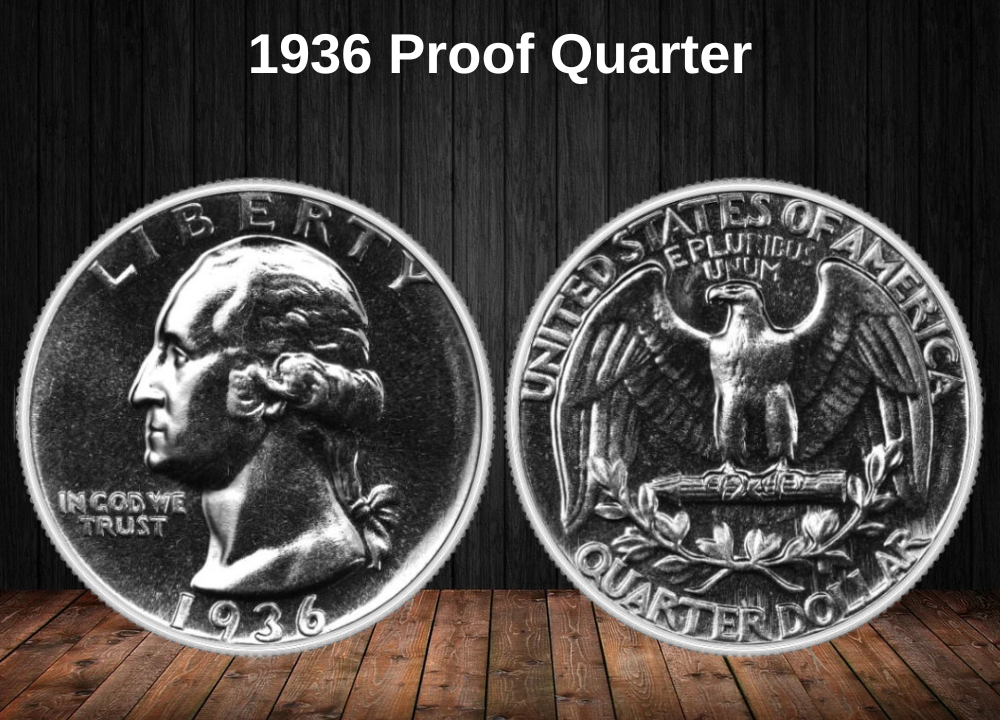
The 1936 Proof Washington quarter is regarded as one of the most beautiful pieces of American numismatics, showcasing John Flanagan’s design at its absolute finest. Struck at the Philadelphia Mint with specially polished dies and planchets, each coin received multiple high-pressure strikes to produce the hallmark mirror-like fields and sharp, frosted devices.
With a tiny mintage of just 3,837 pieces, the 1936 Proof was created exclusively for collectors—the first year the Mint resumed producing proof coins since 1916. Each piece was sold directly to hobbyists in protective holders, ensuring they were cherished from the start.
Today, the 1936 Proof quarter is one of the most coveted early Washington quarters, with well-preserved examples commanding prices in the thousands. In top grades, they are considered trophy coins that represent not just a collectible, but a milestone in U.S. coinage history.
Collector Insight: With such a limited mintage and stunning strike quality, the 1936 Proof quarter remains a centerpiece for advanced Washington quarter collections—and one of the true masterpieces of the series.
Rare 1936 Quarter Error List
1936 Doubled Die Obverse (FS-101) Errors
The 1936 DDO FS-101 is one of the most significant error varieties in the Washington quarter series. It shows bold doubling on the obverse, most visible in:
- Washington’s hair details
- The motto “IN GOD WE TRUST”
- Portions of the date digits
This doubling occurred when the working die received multiple impressions from the master hub at slightly different angles, leaving clear overlapping elements across the design.
What makes the FS-101 so desirable is that the doubling is dramatic enough to see without magnification, making it one of the easiest major errors to identify.
Collector Insight: Authentic examples are extremely rare and highly sought after. As a result, the 1936 FS-101 has become a cornerstone variety for advanced error collectors, regularly commanding strong premiums in all grades and soaring into the thousands in Mint State.
Where to Sell Your Quarter Coin?
Now that you know the value of your quarter, the next step is deciding where to sell it. There are several trusted options—both online and in person—that can help you get the best price depending on your coin’s rarity and condition.
To see the full list of recommended places, along with their advantages and disadvantages, check our complete guide on where to sell your quarter coins.
FAQ About the 1936 Washington Quarter
1. Why is the 1936 Quarter an important date in U.S. coinage?
The 1936 Quarter was only the second year of regular production after the series resumed in 1934. Its large mintage reflected growing public demand for coinage during the mid-1930s recovery from the Great Depression.
2. Which mints produced the 1936 Quarter?
The coin was struck at three mints: Philadelphia (no mint mark), Denver (“D”), and San Francisco (“S”). The 1936-S is the scarcest in high grades, while Philadelphia issues are the most common overall.
3. Are there any key varieties or errors for 1936 Quarters?
Yes. Collectors seek Doubled Die Obverses (DDOs), repunched mintmarks (RPMs), and die cracks. Some proof issues from 1936 also show strong cameo contrast, which significantly increases their value.
4. What is special about the 1936 Proof Quarters?
1936 marked the first year the Mint sold proof sets to the public after a long pause since 1917. Fewer than 4,200 proof quarters were struck, making them extremely scarce today. High-grade proofs with deep cameo surfaces can sell for thousands of dollars.
5. How much is a 1936 Quarter worth?
Circulated examples are usually worth $5–$20 depending on silver value and condition. Mint State coins can range from $100–$500, while top-quality gems or scarce proof issues can exceed $5,000–$15,000, especially if certified by PCGS or NGC.

